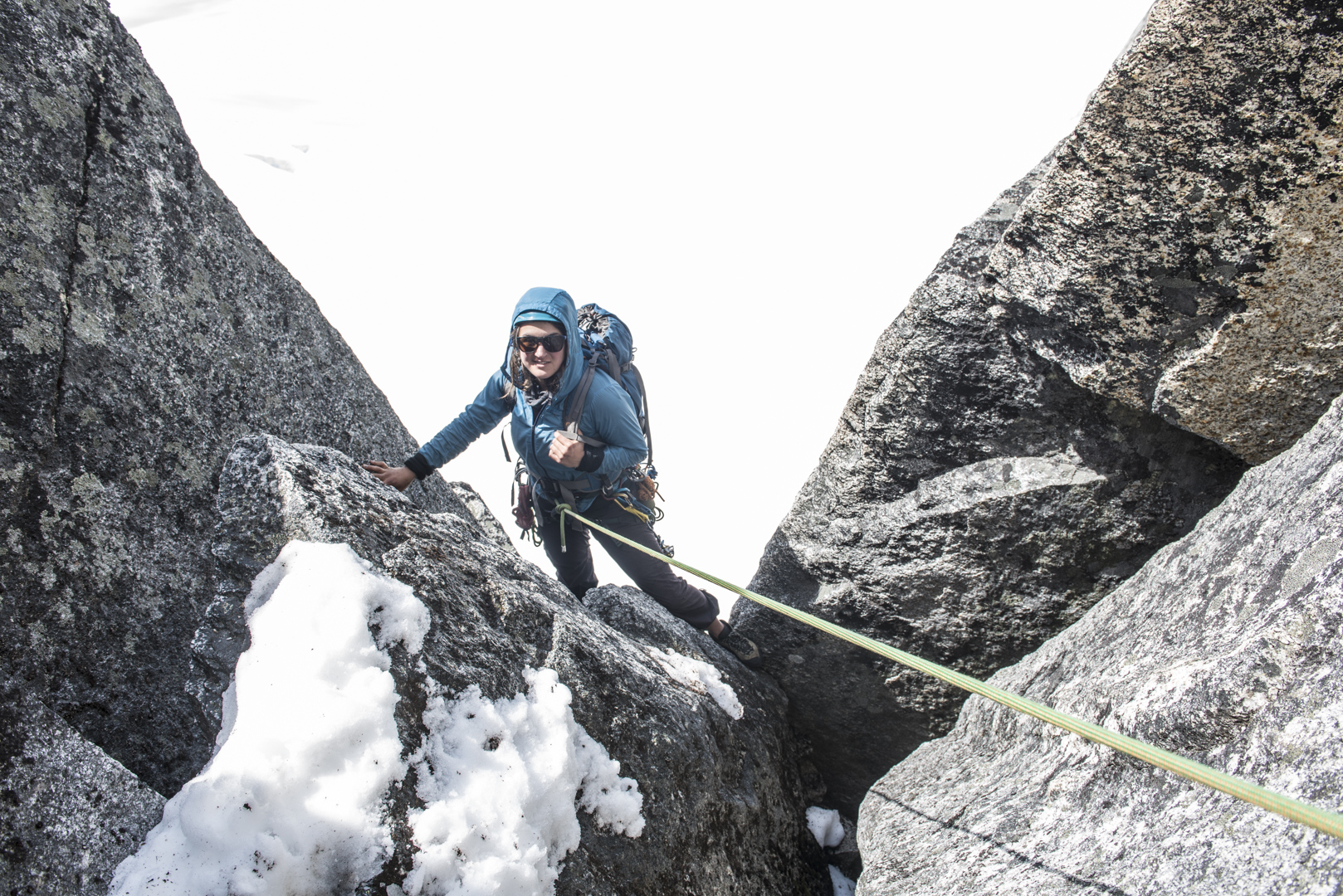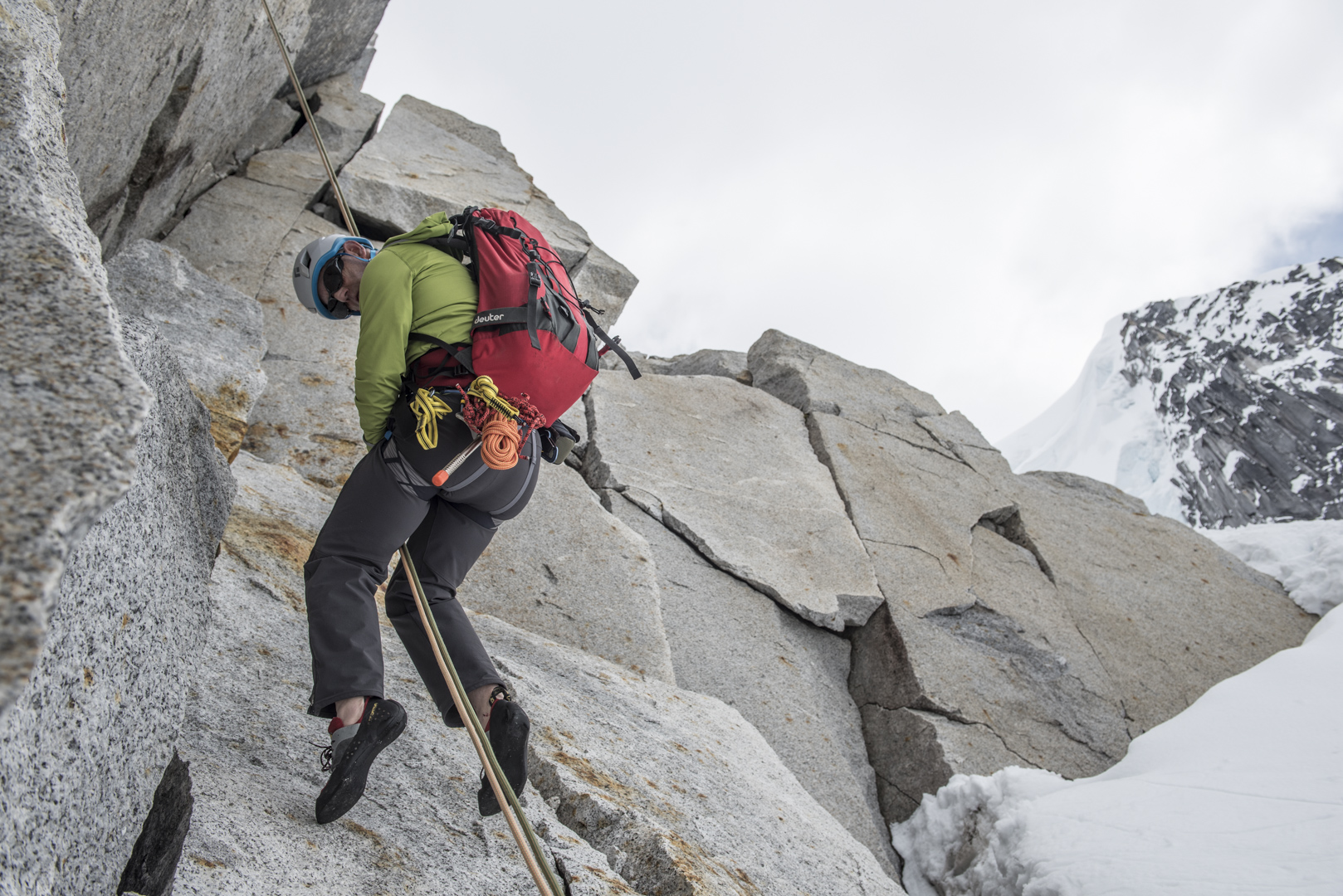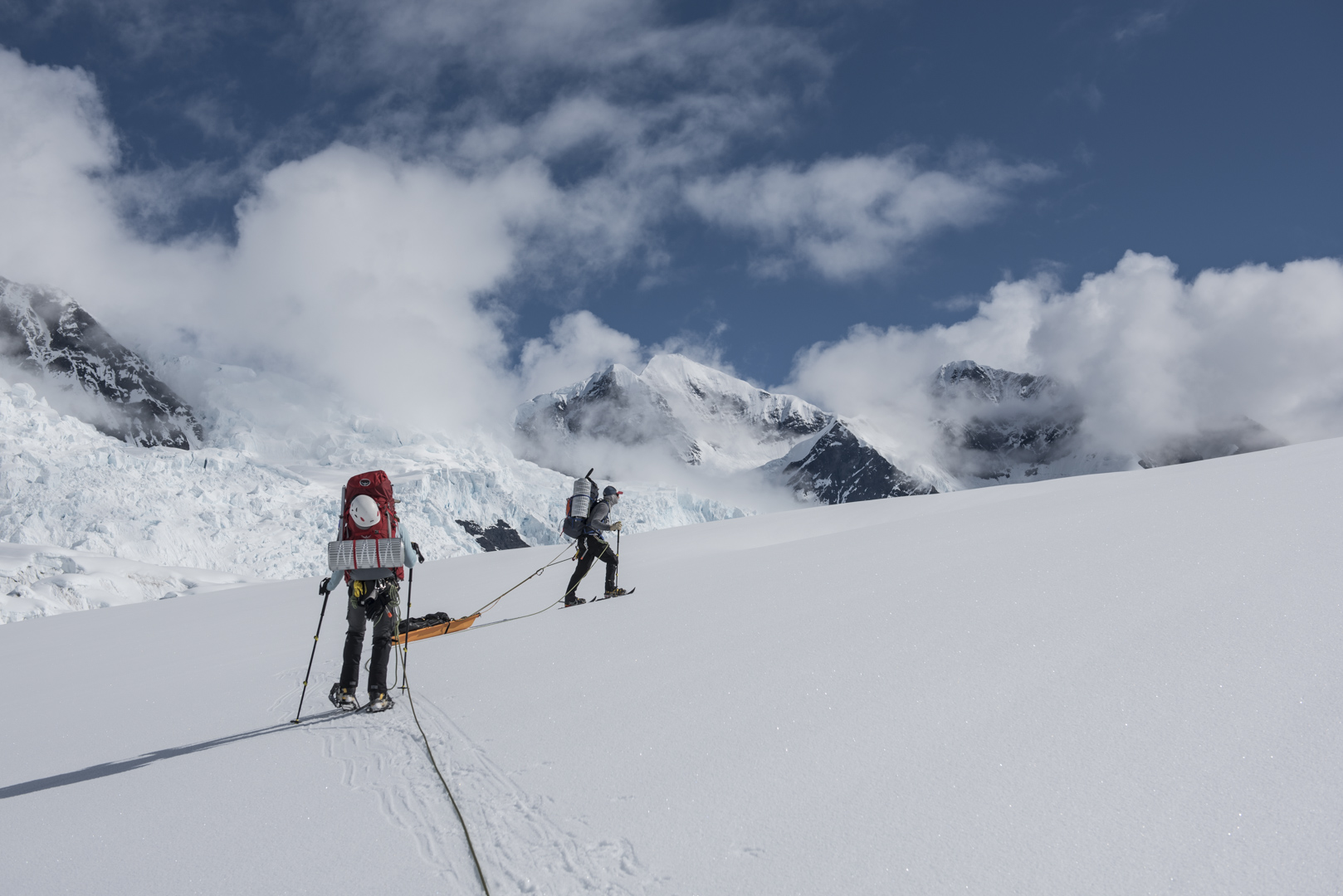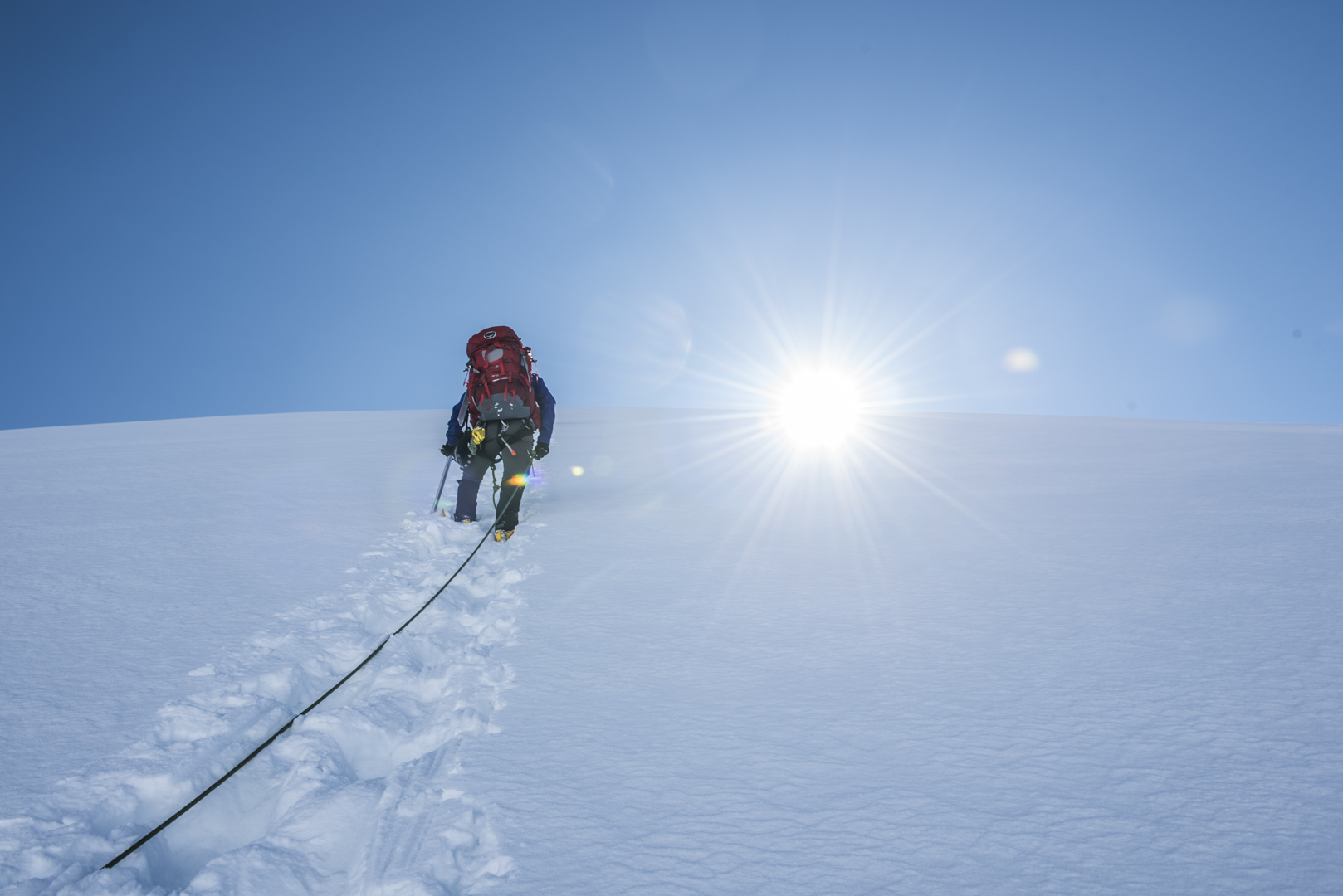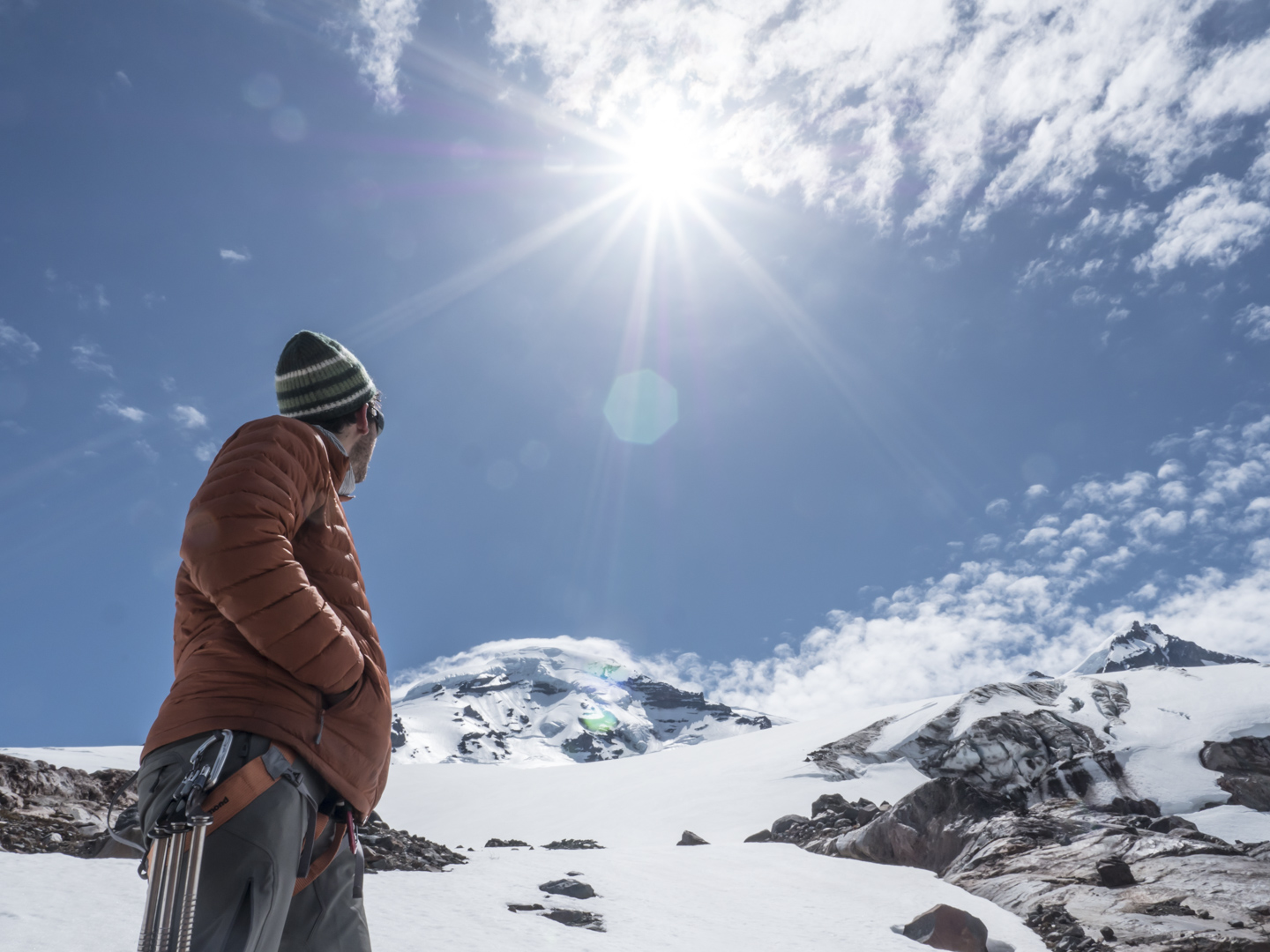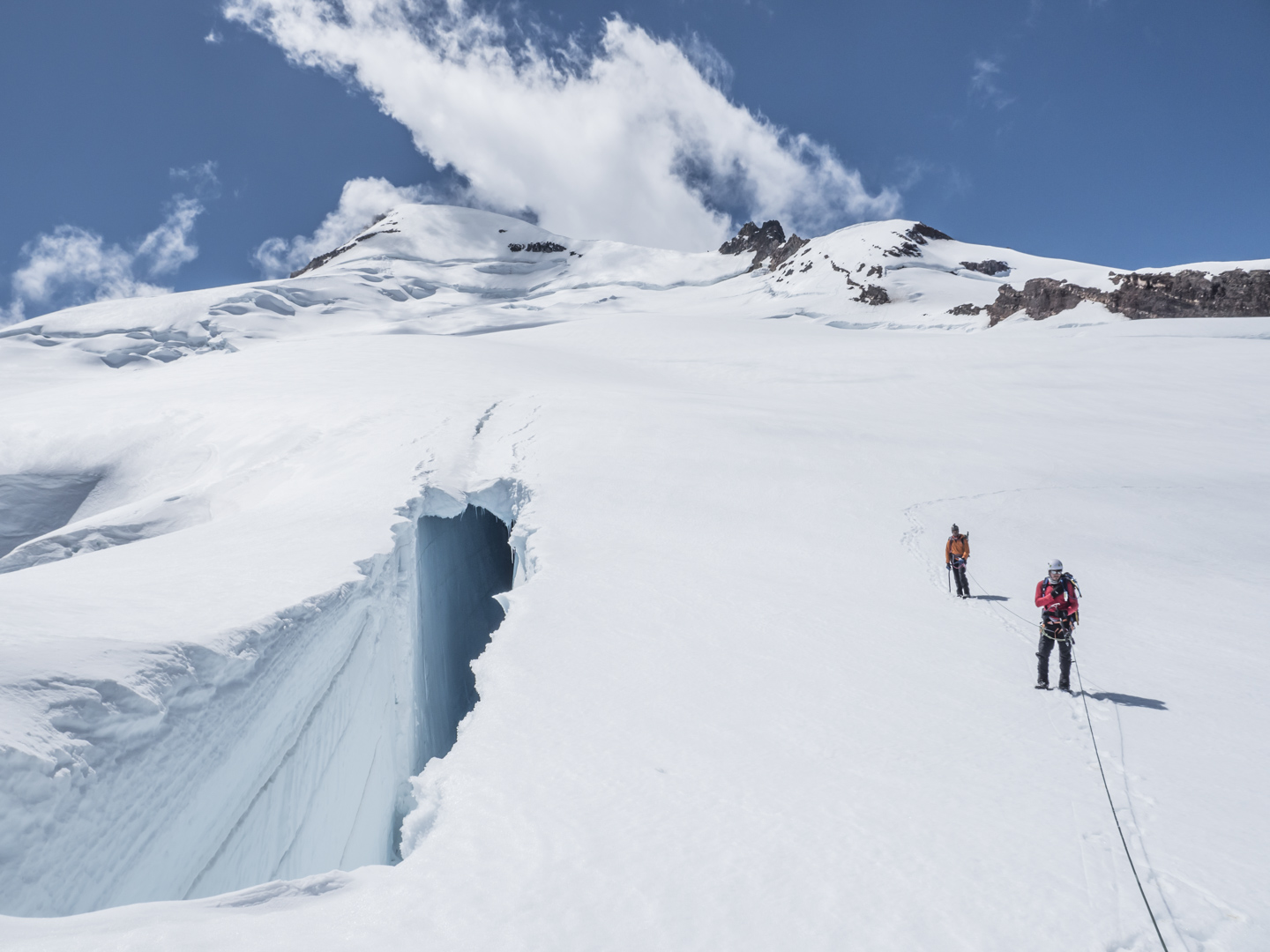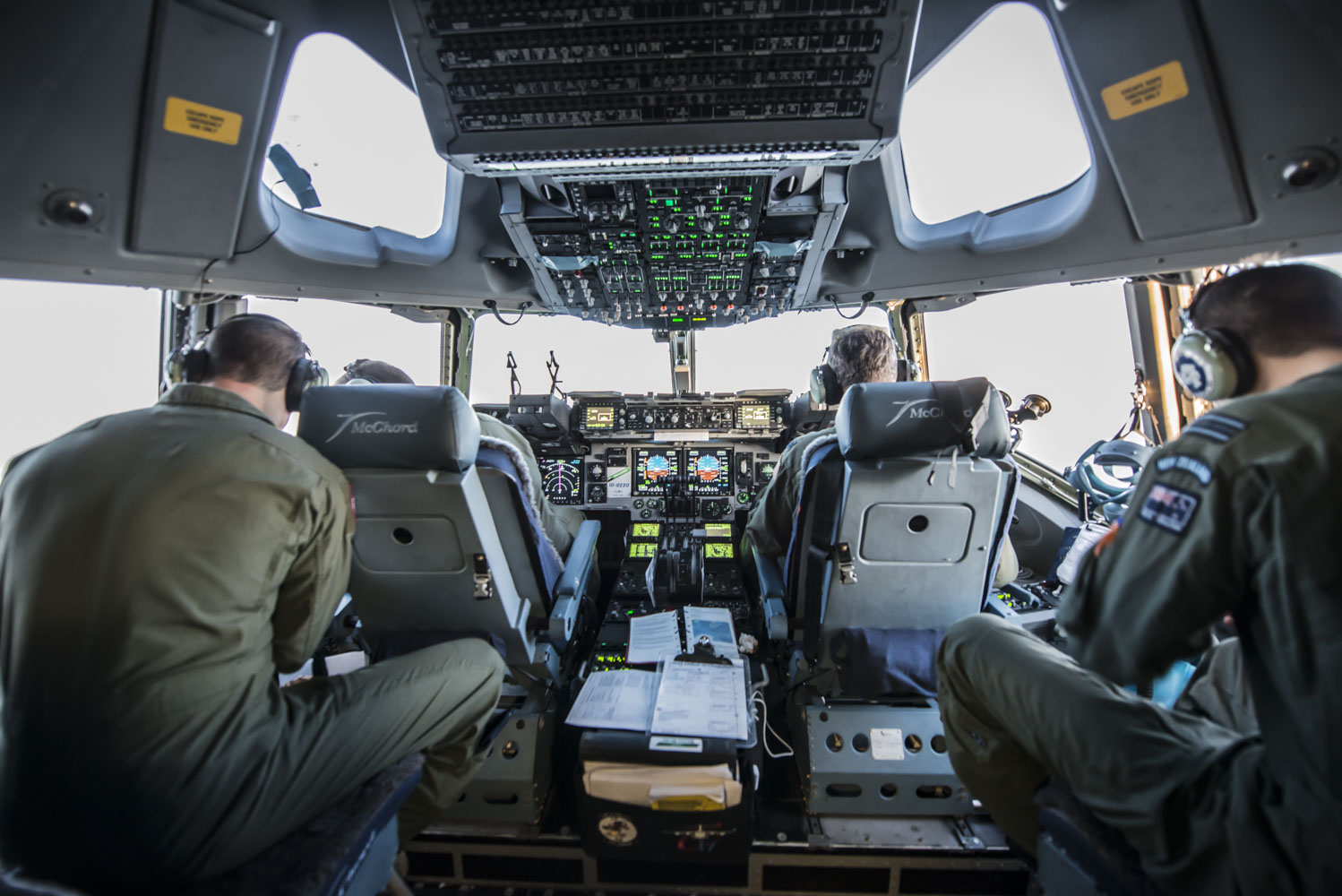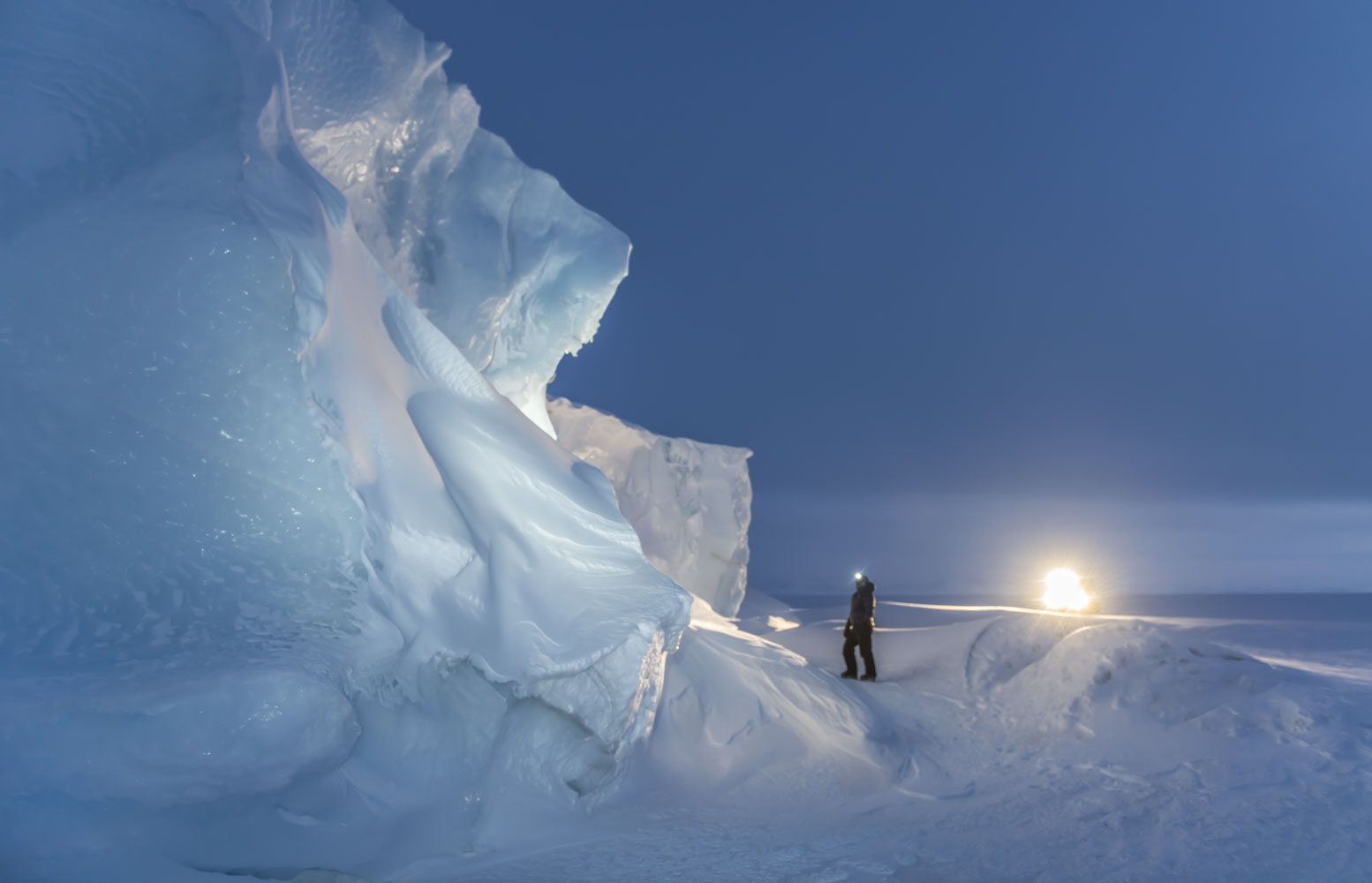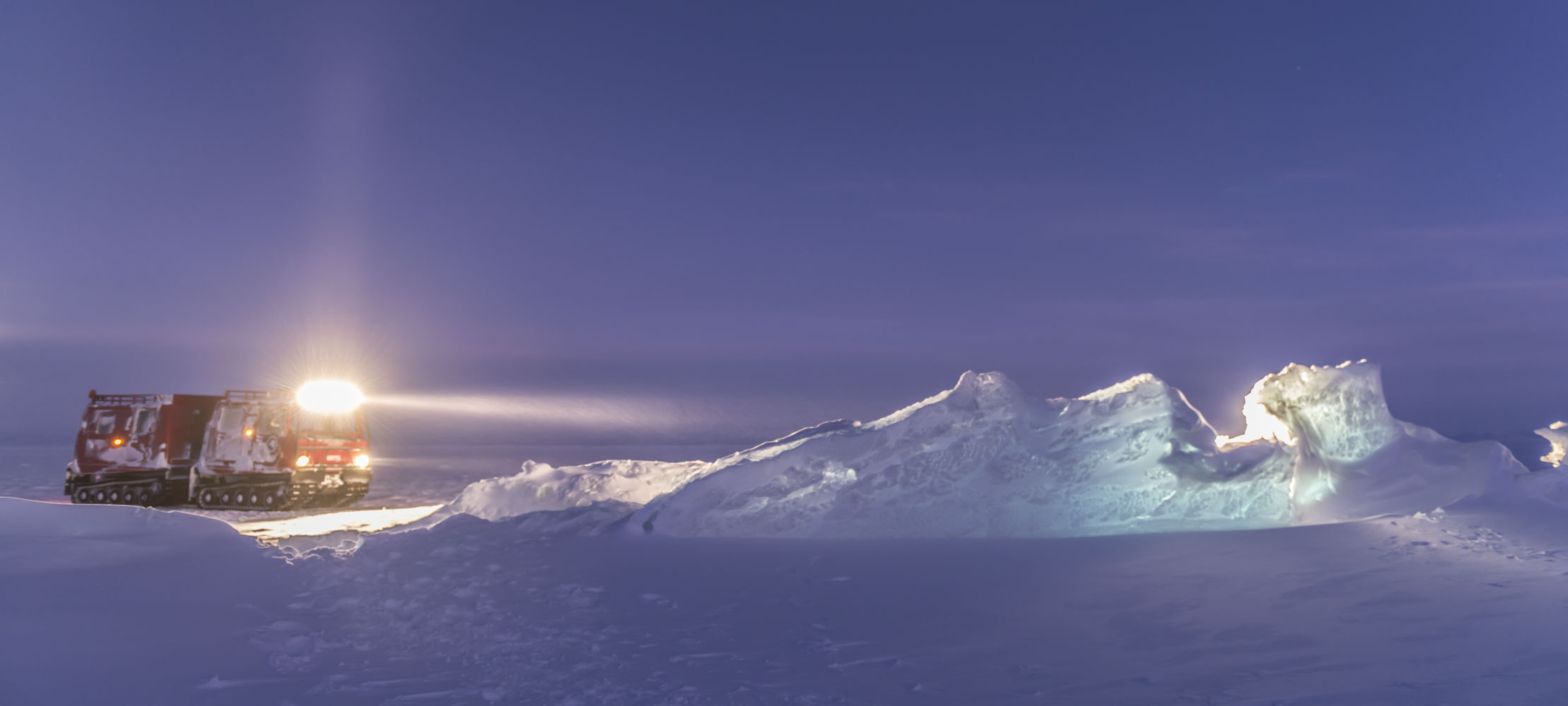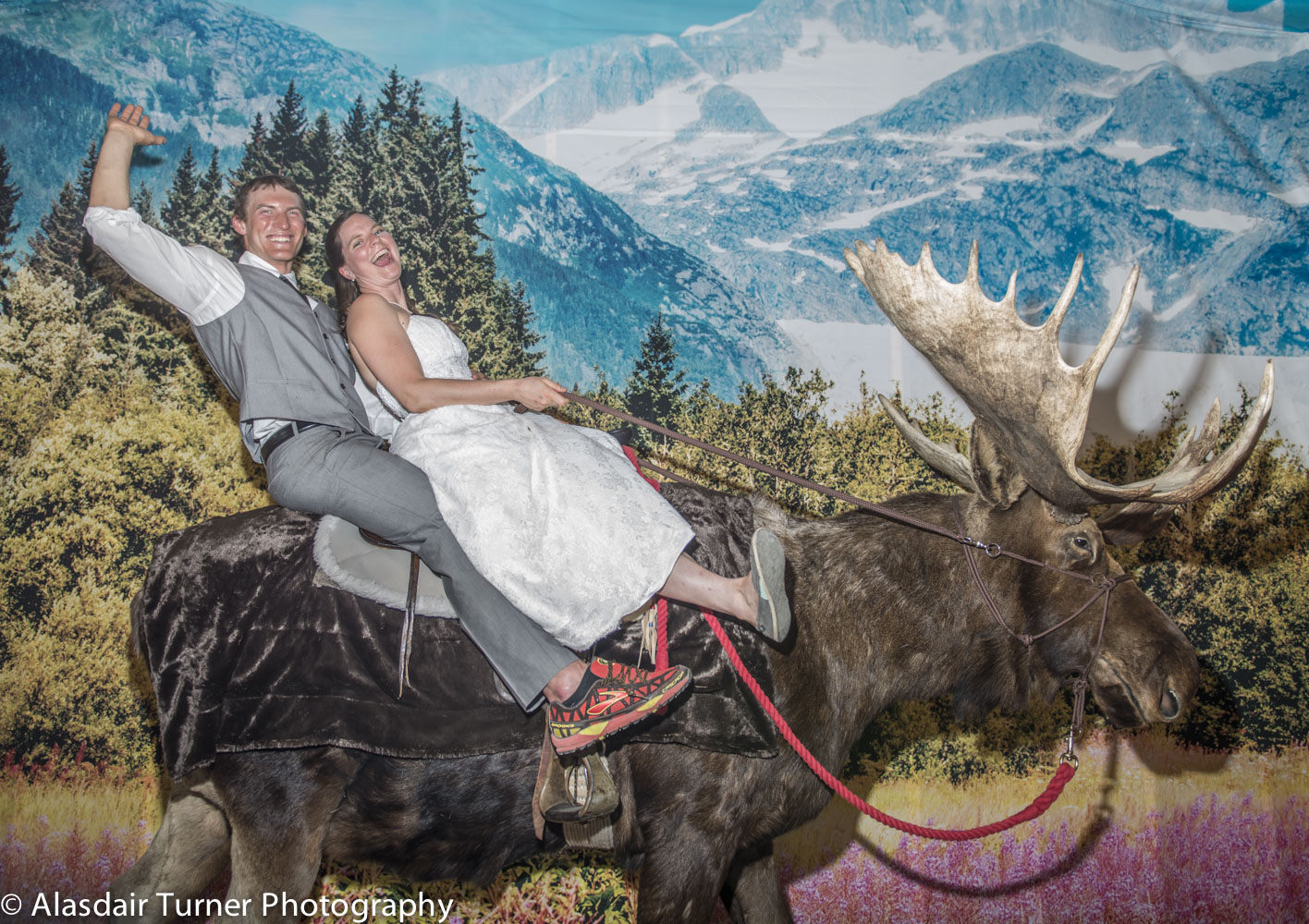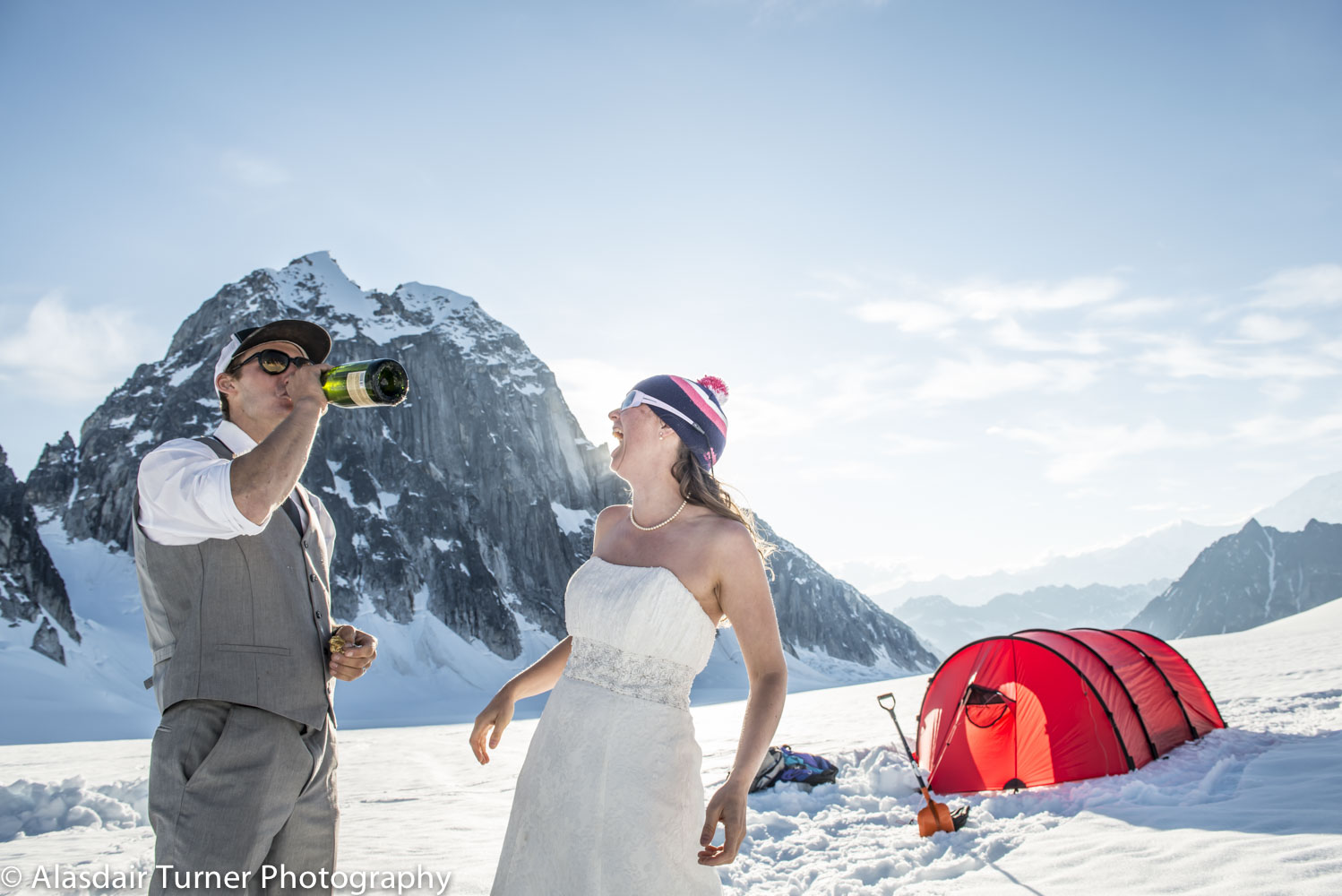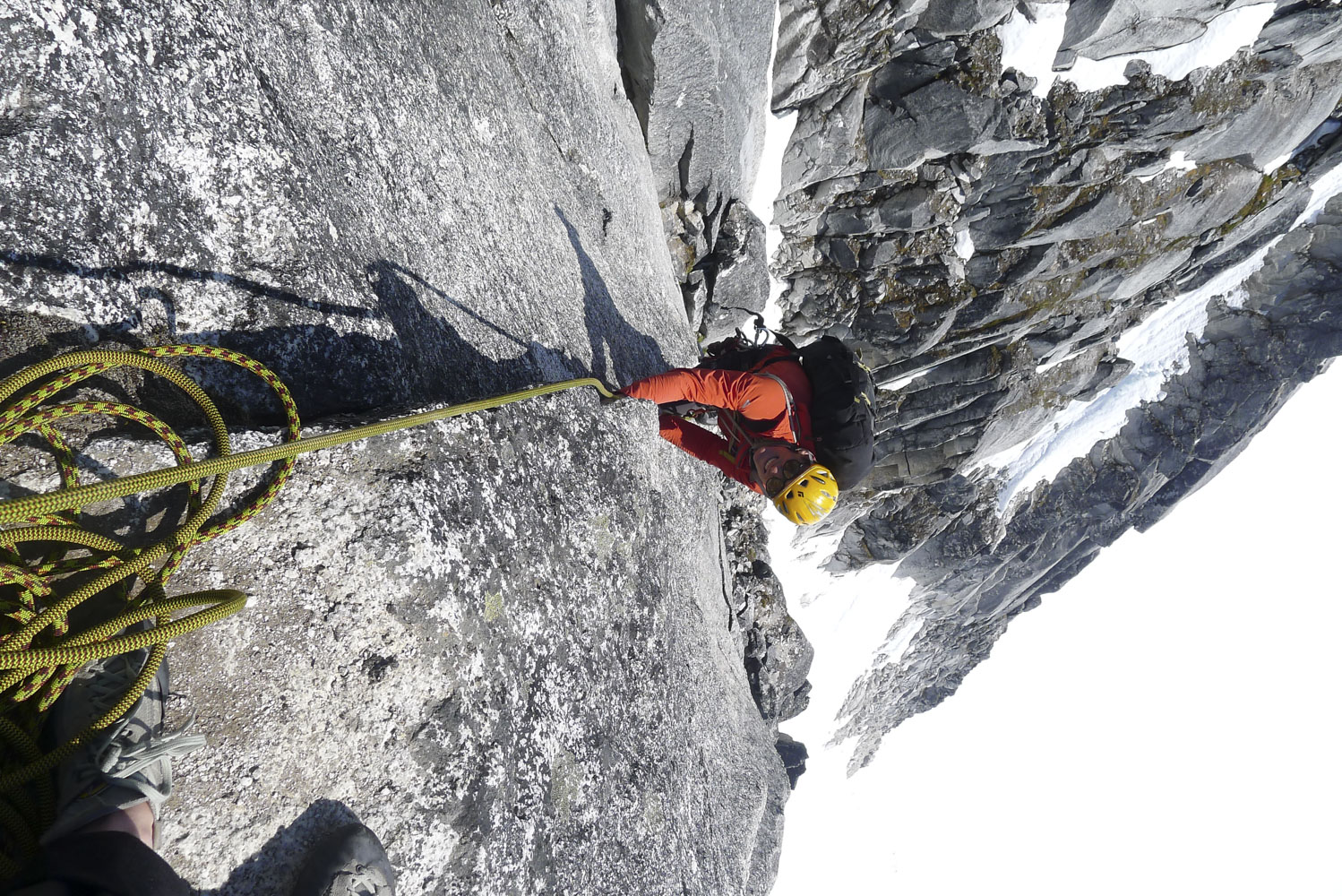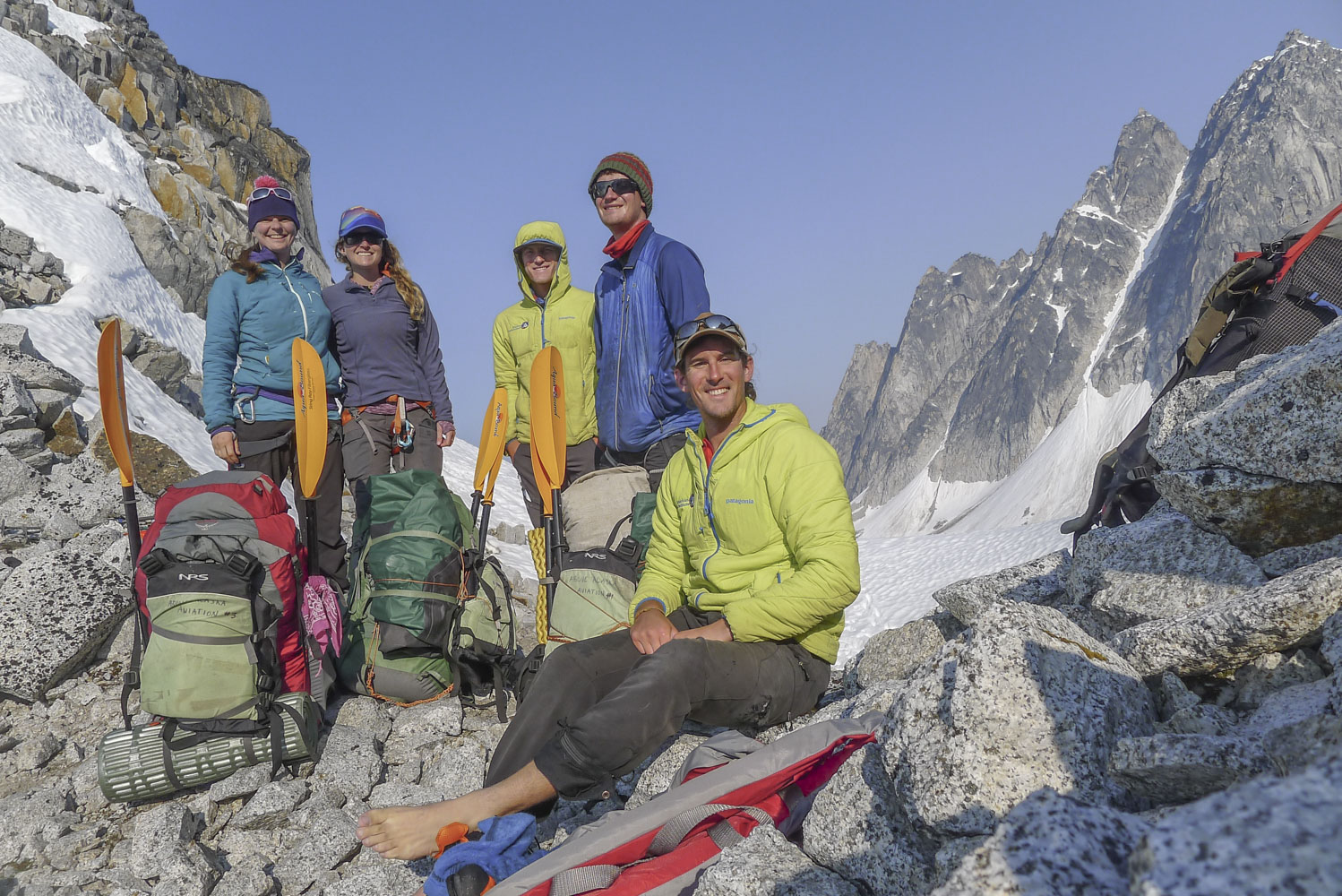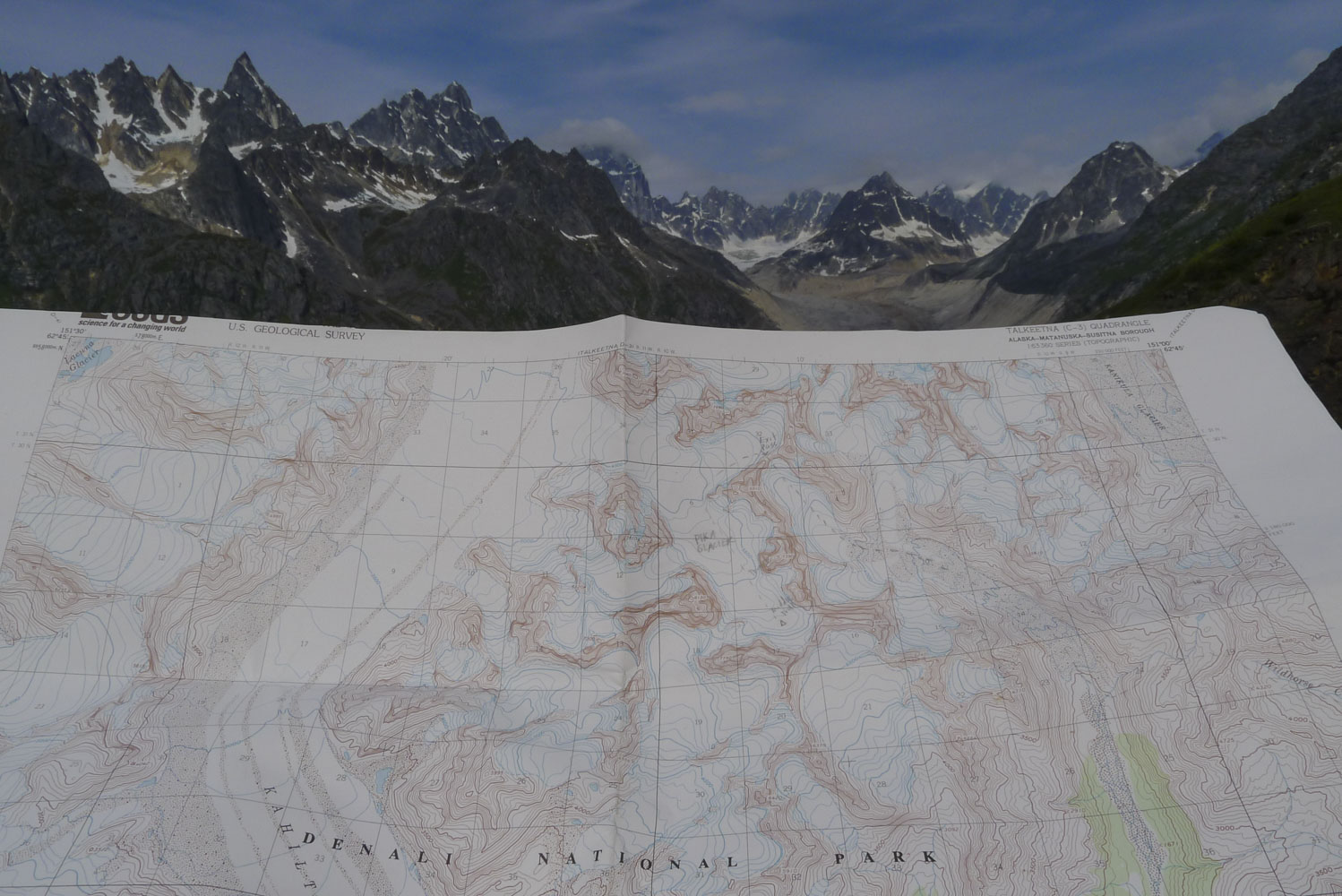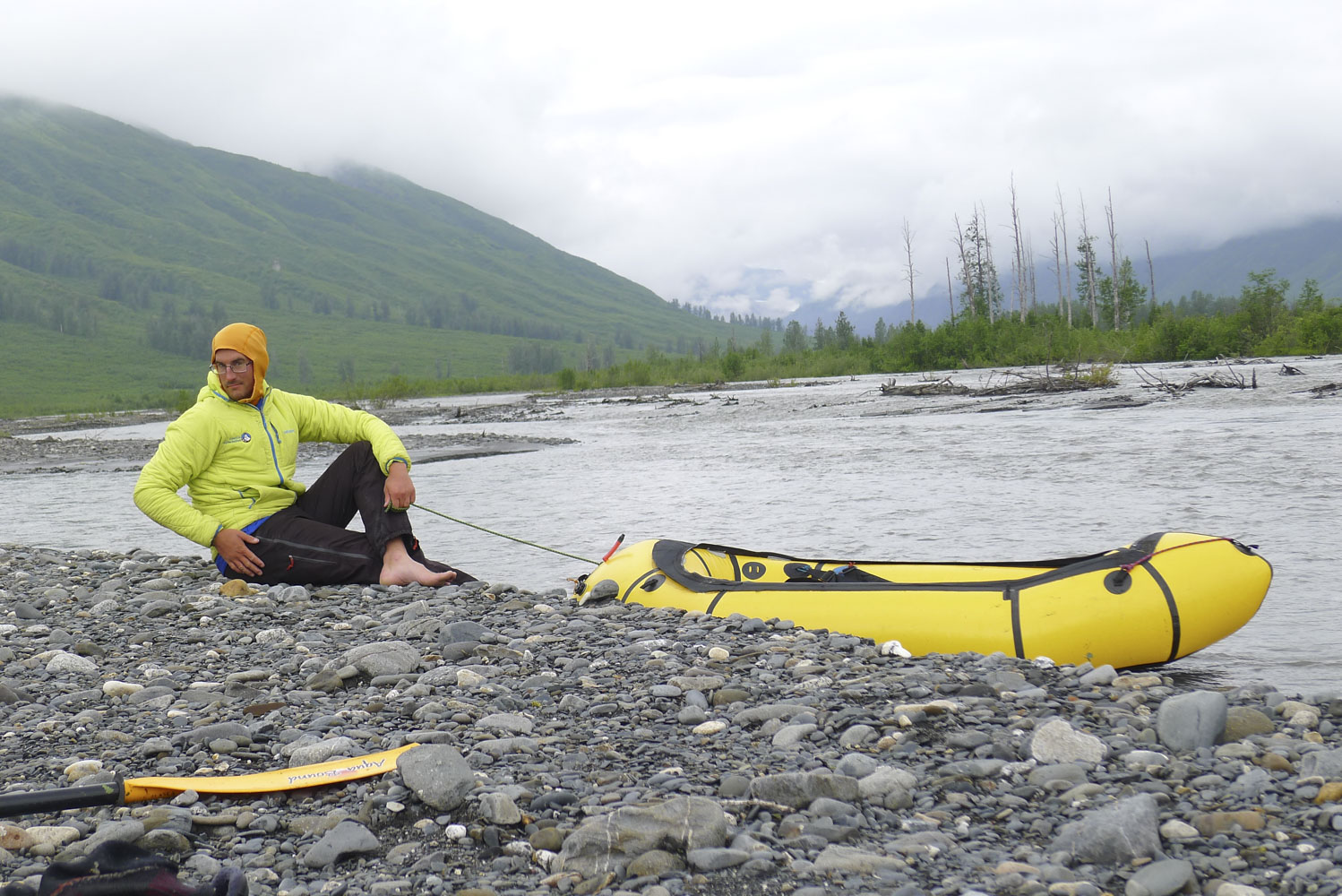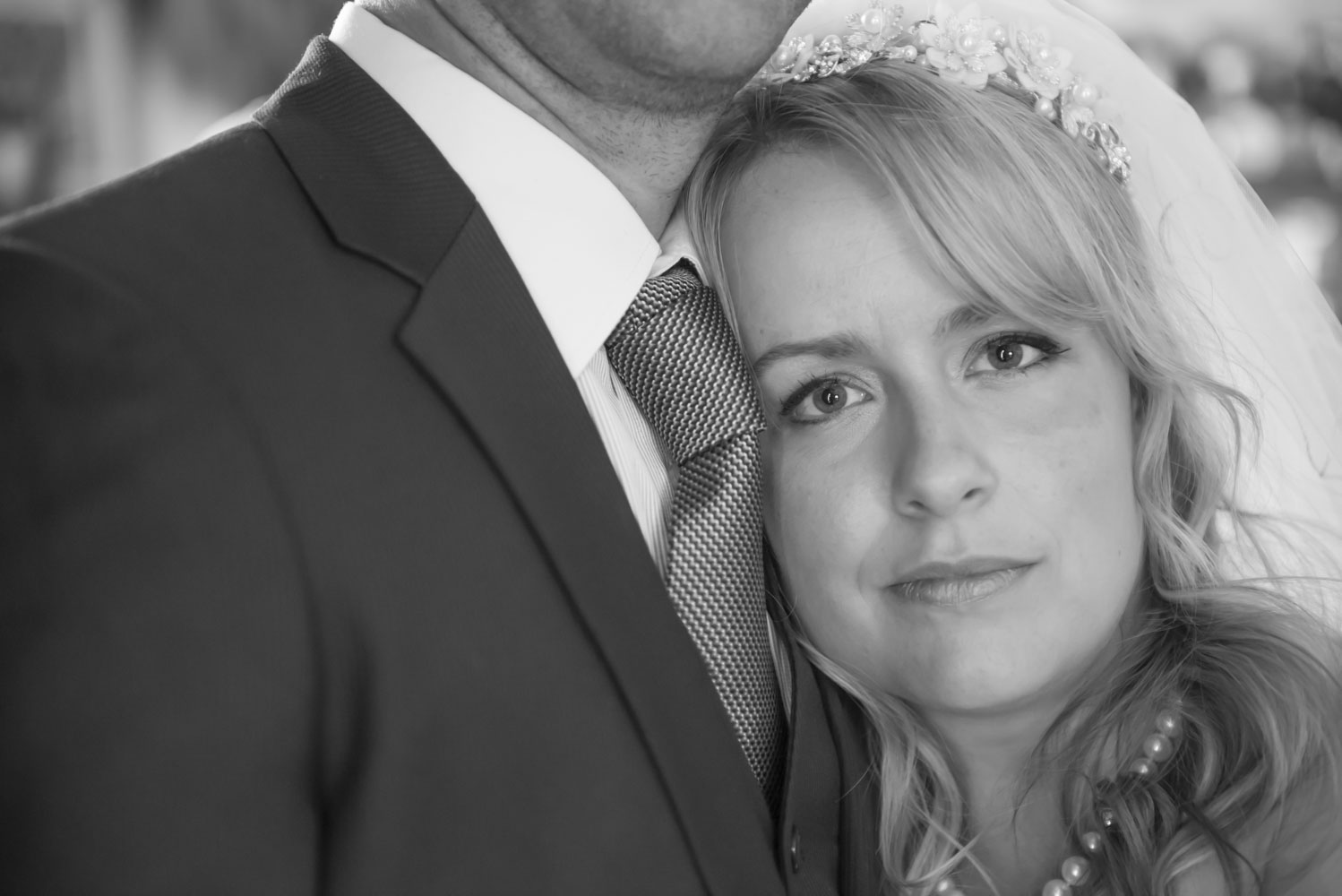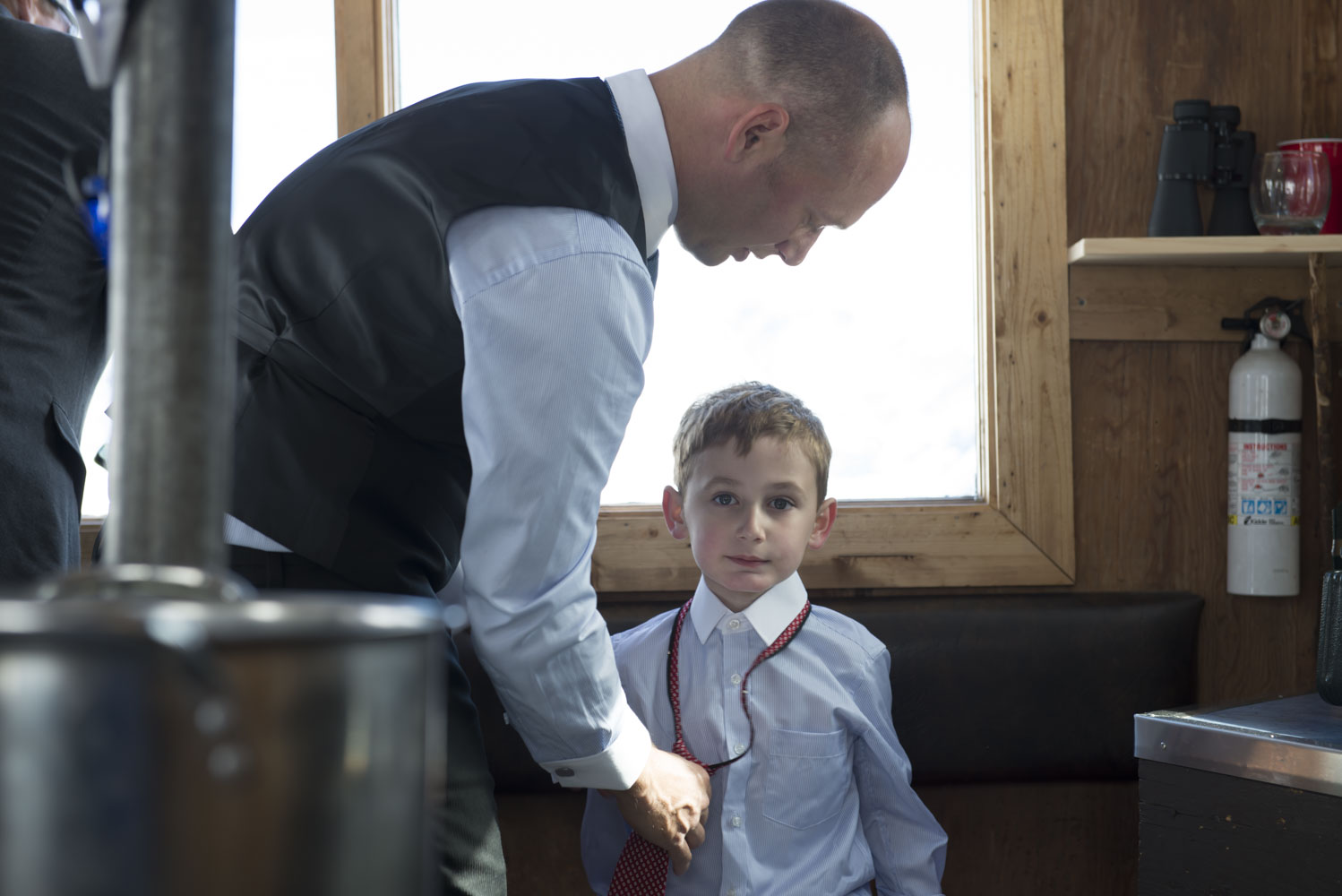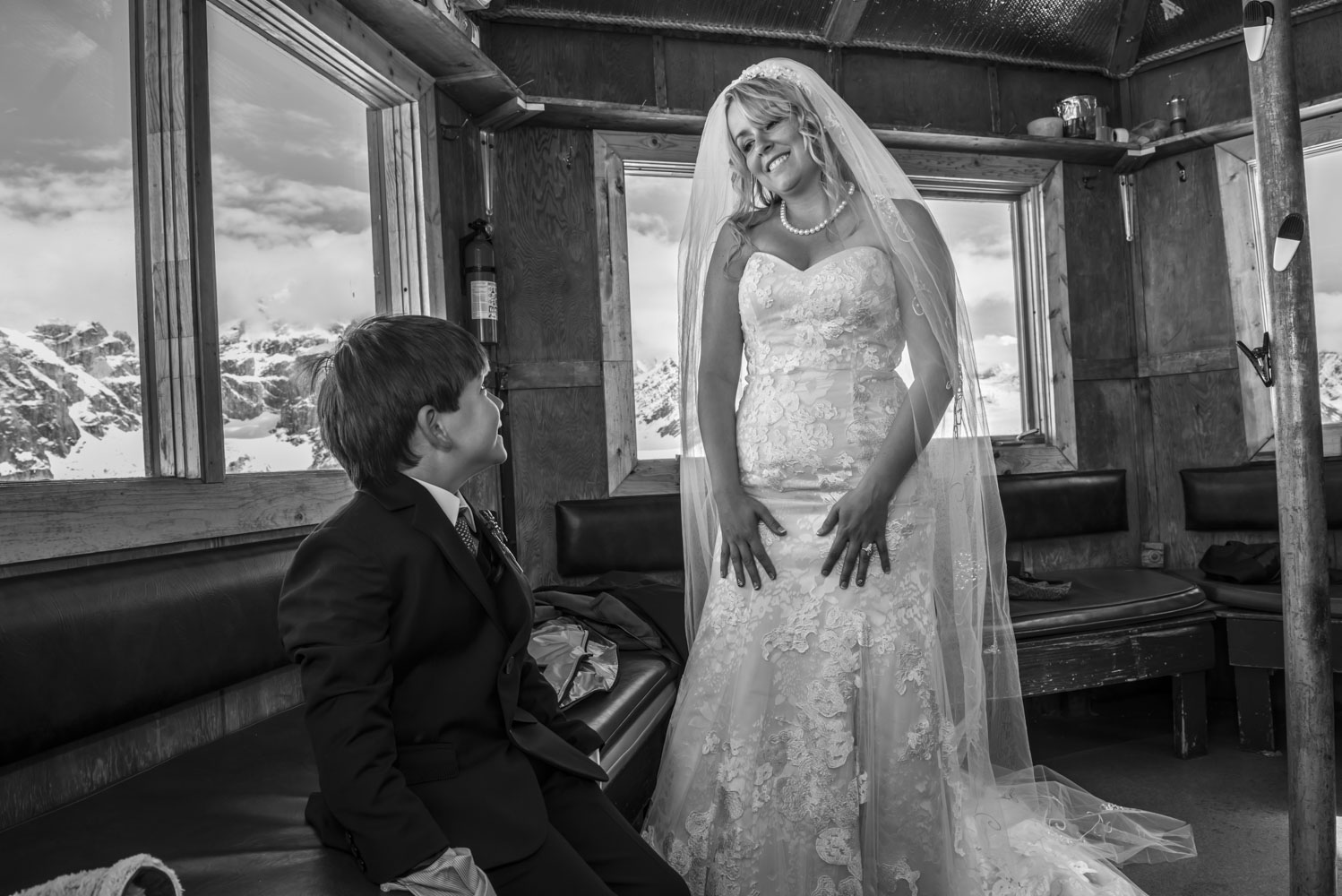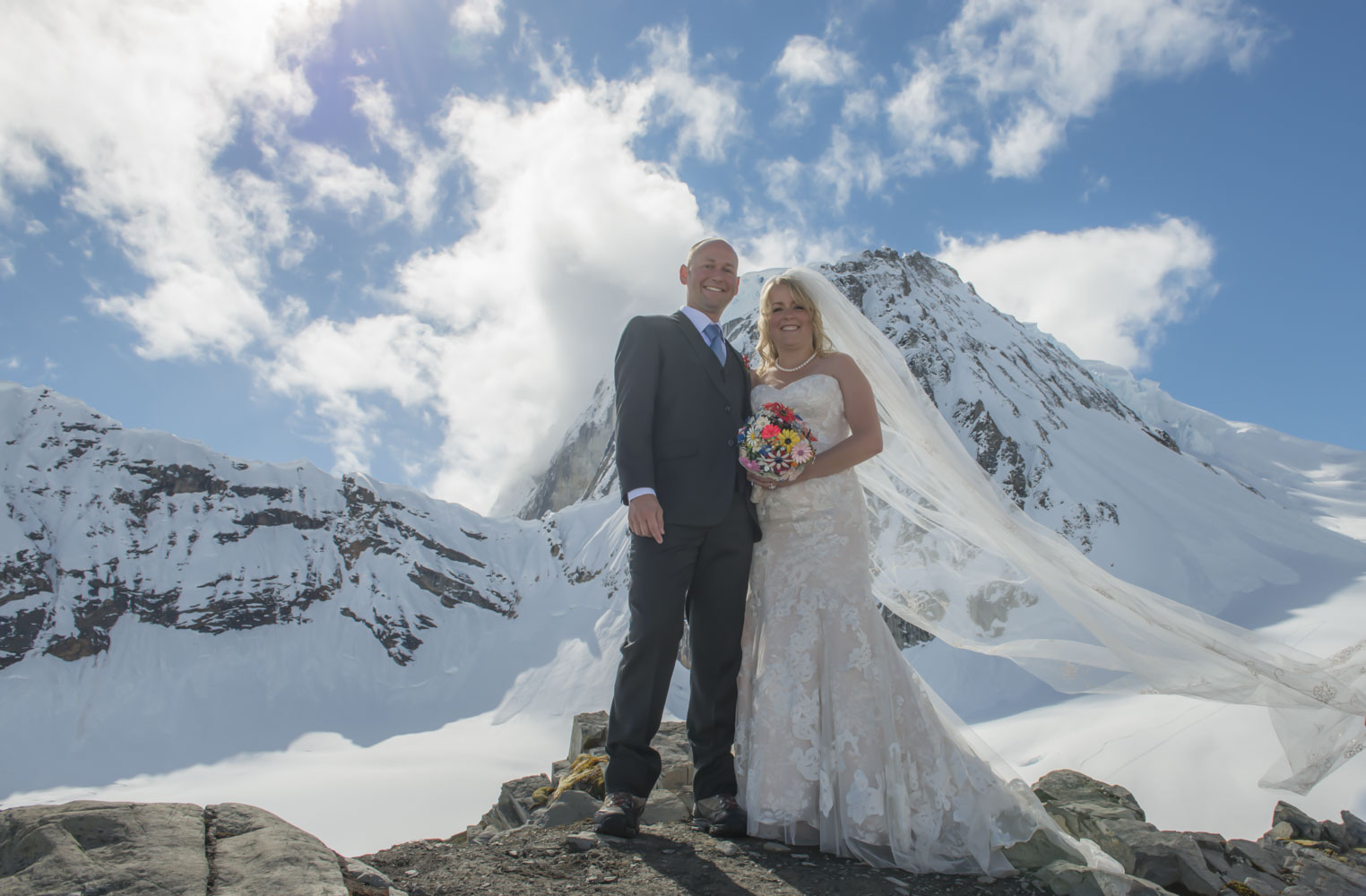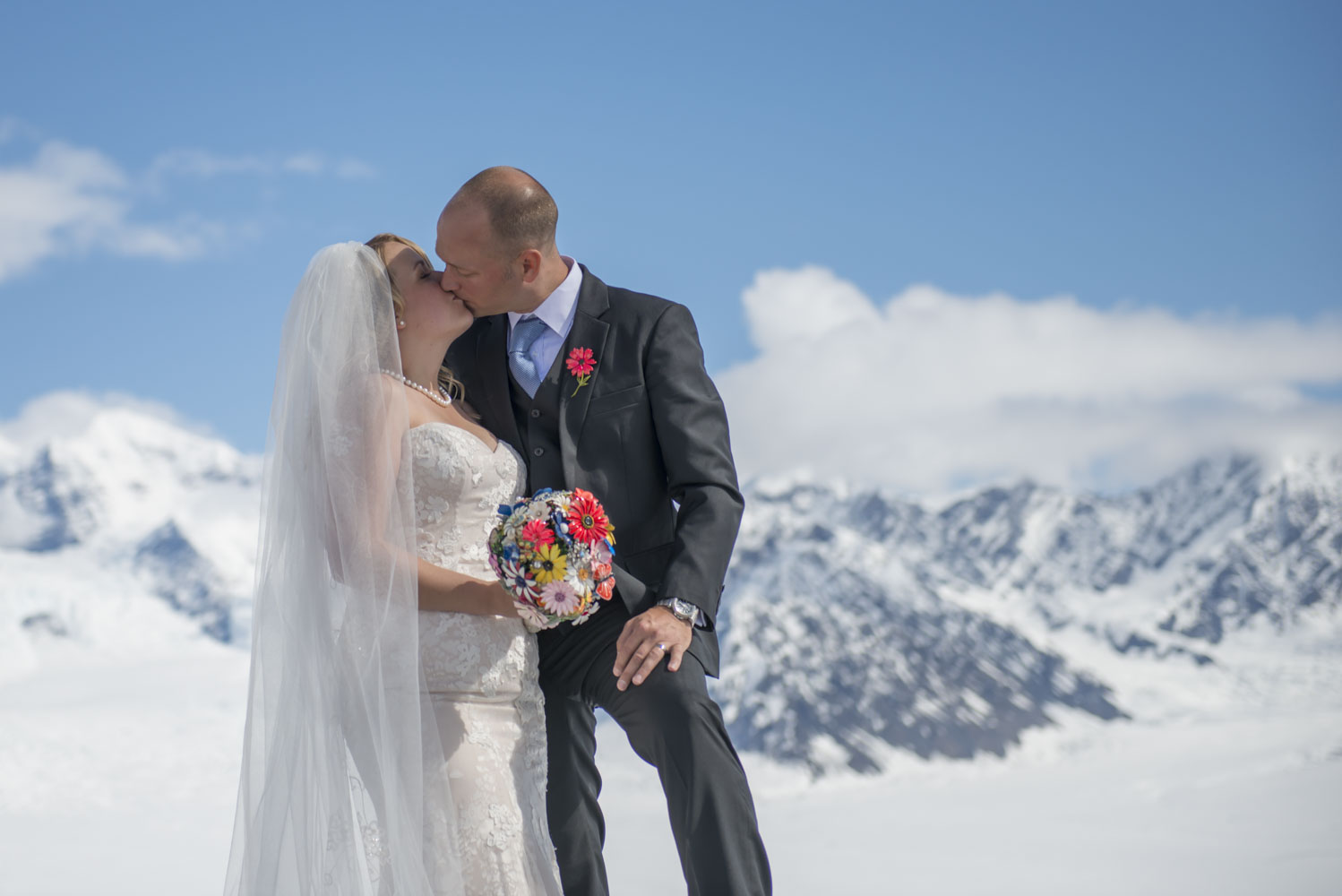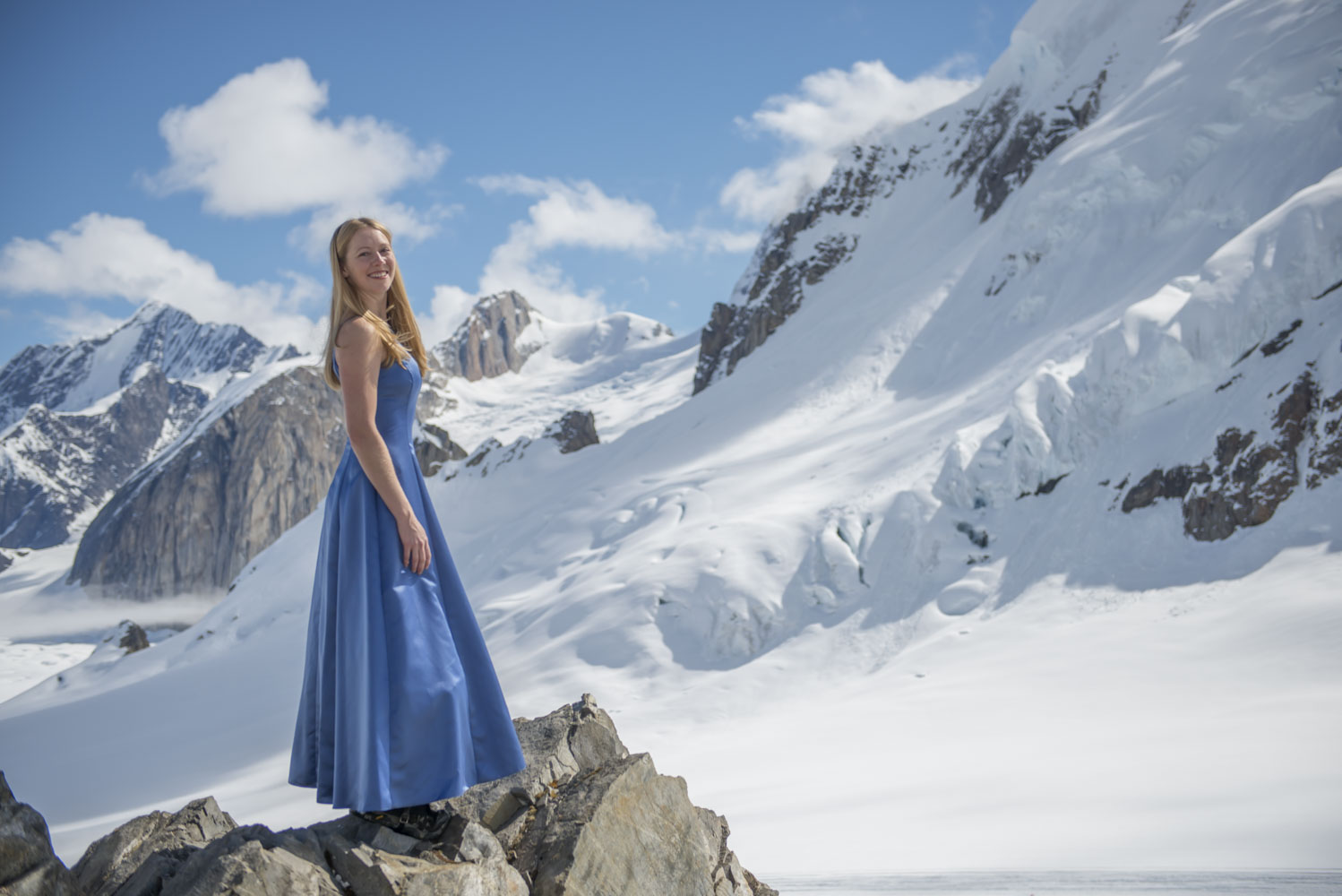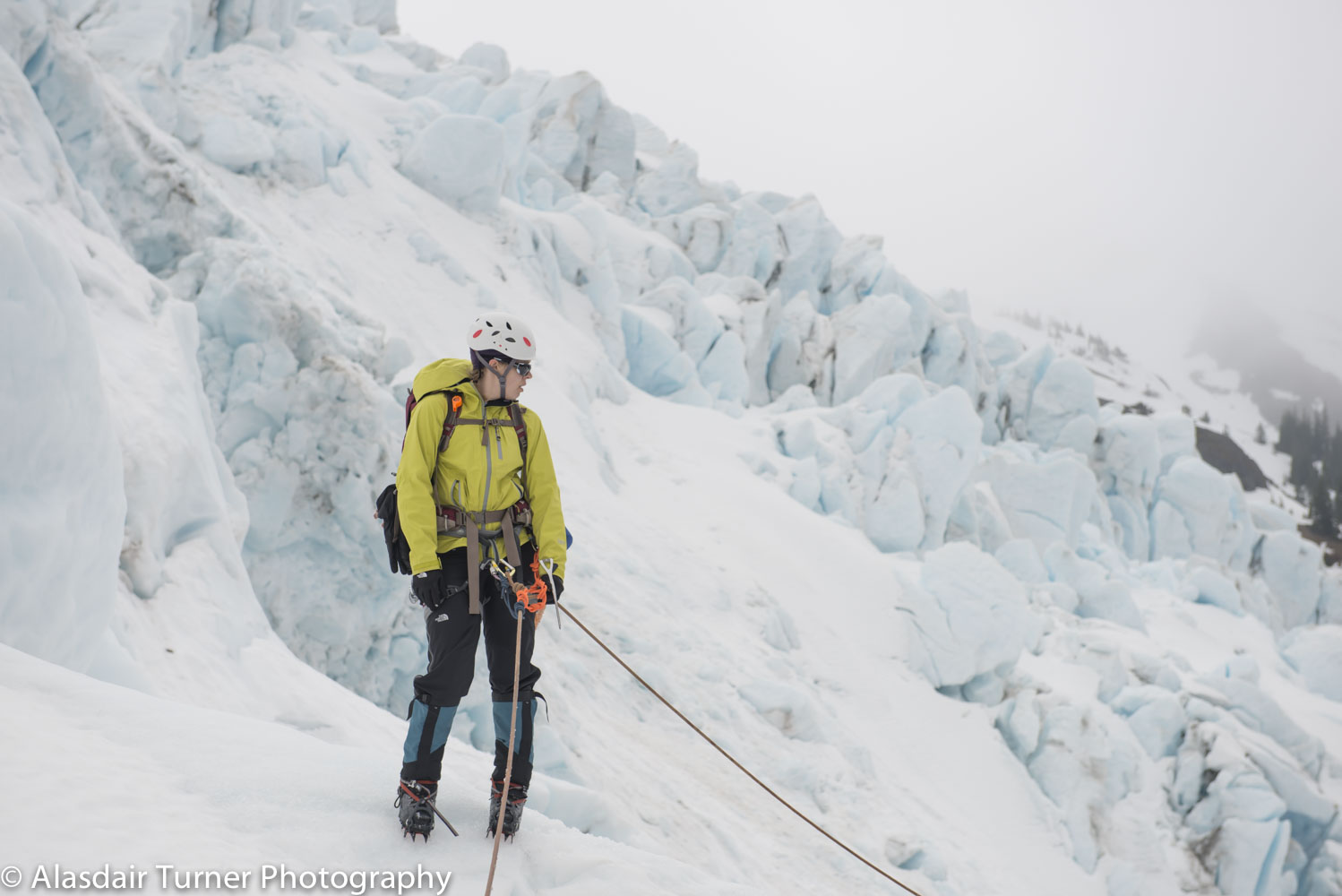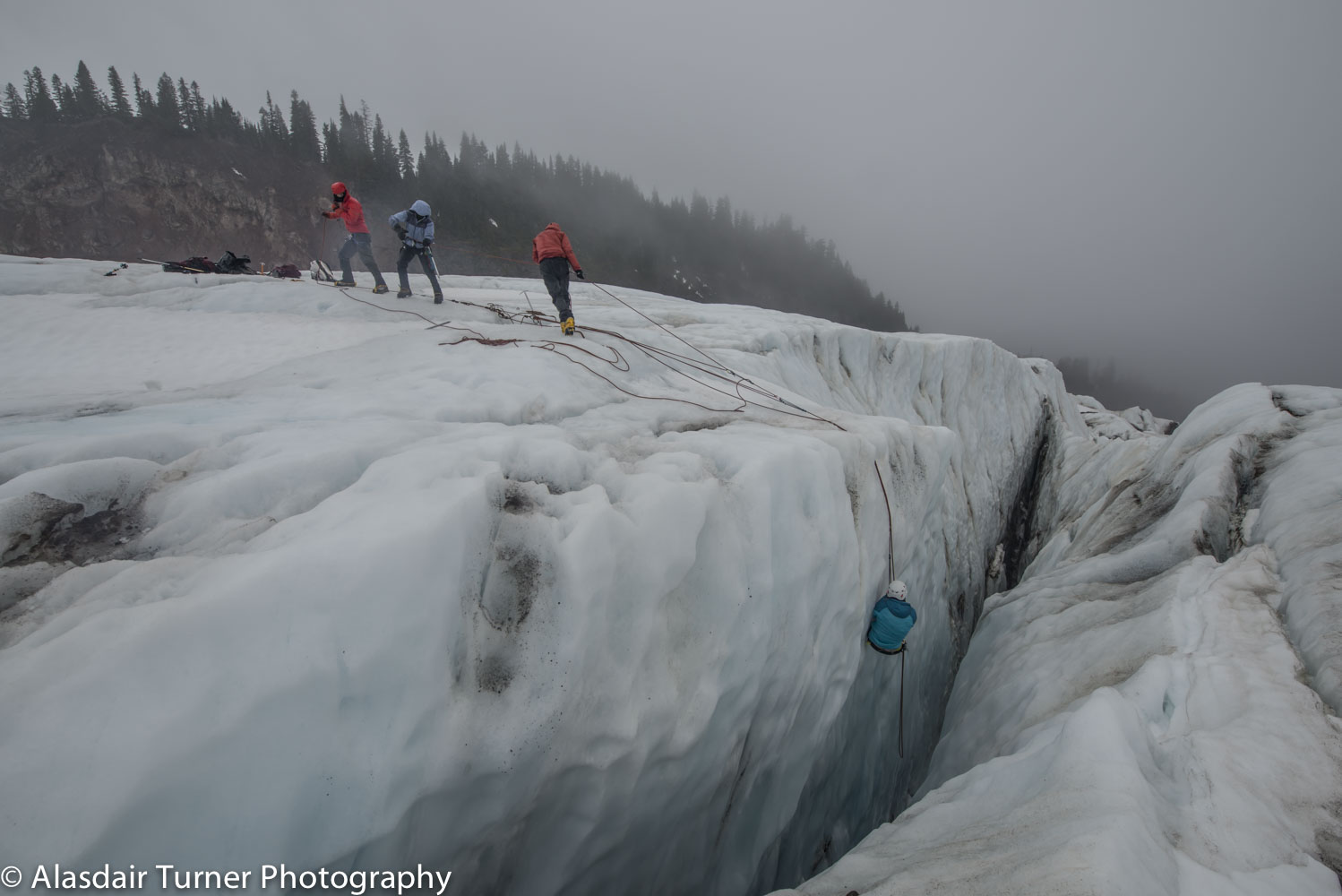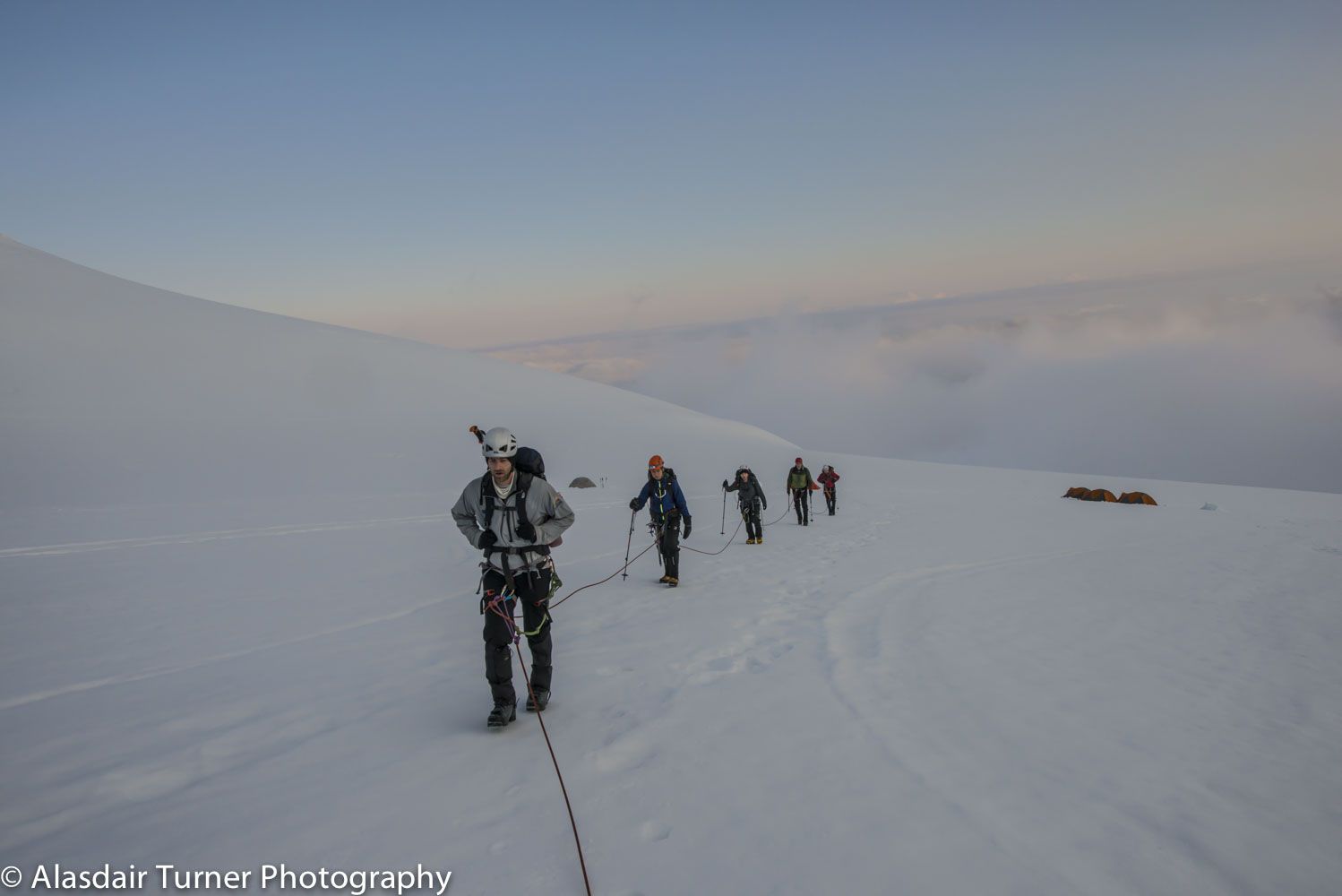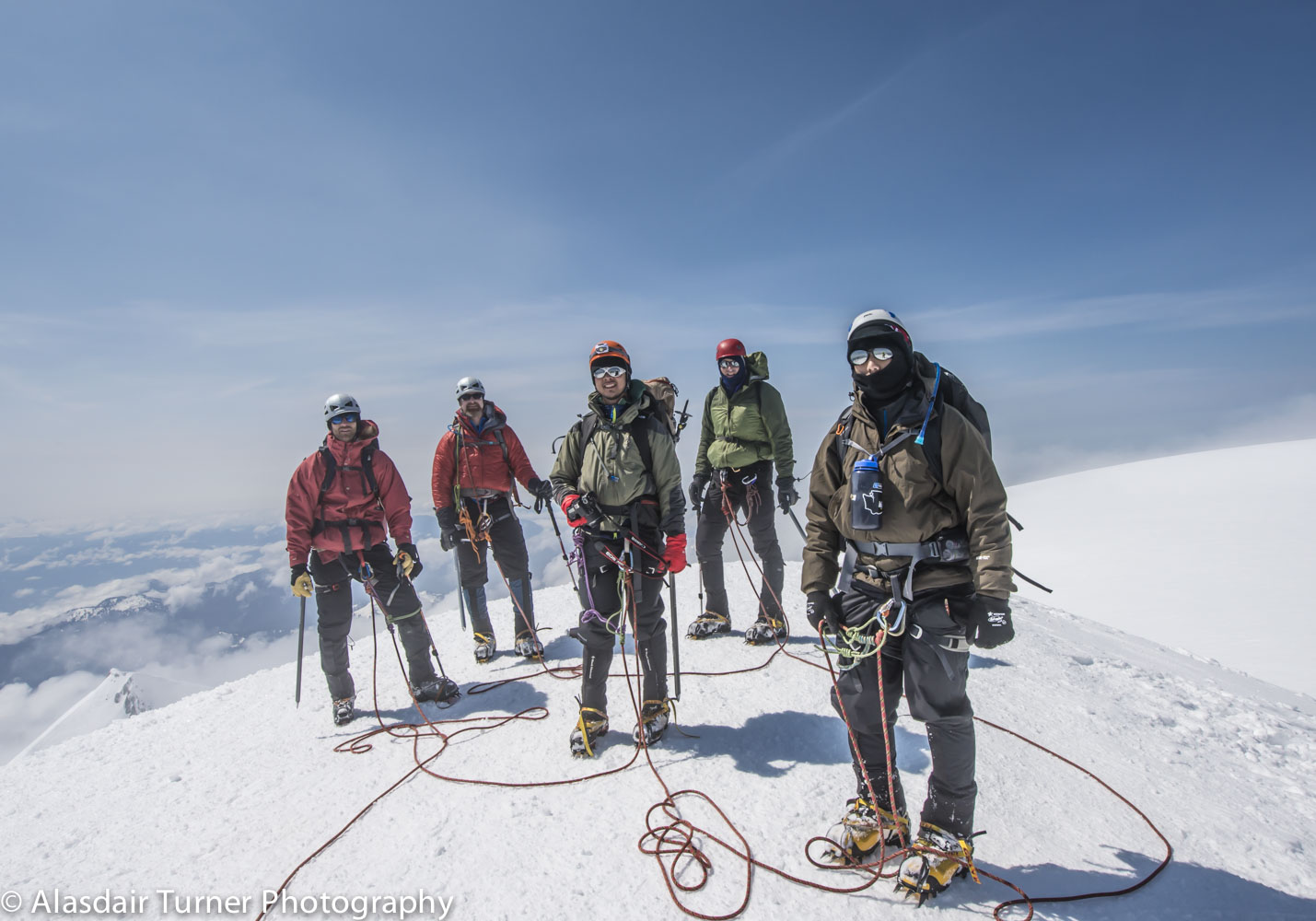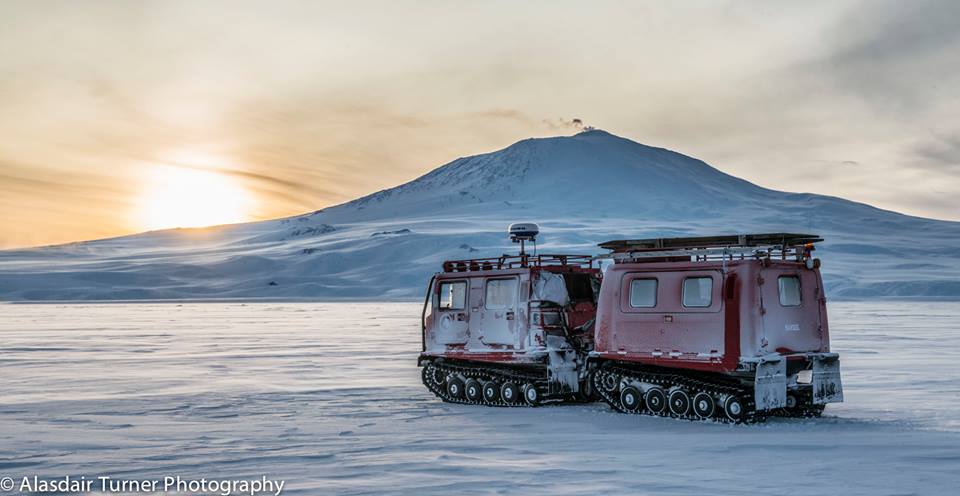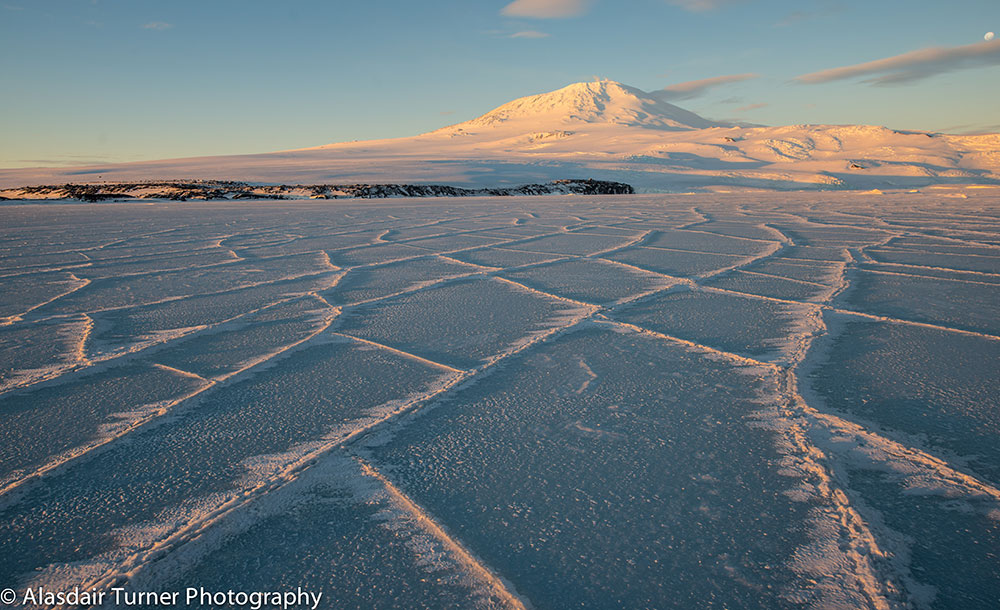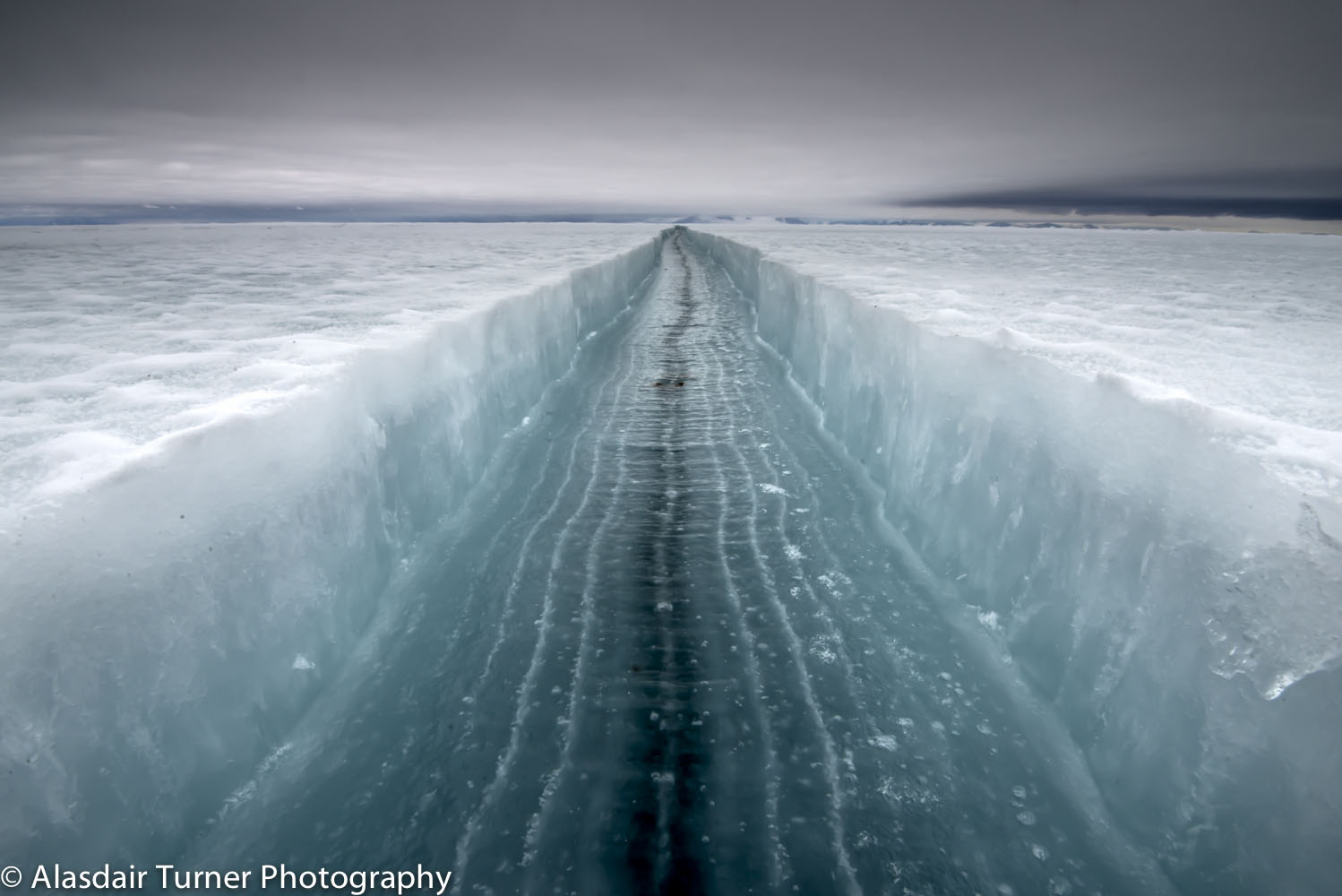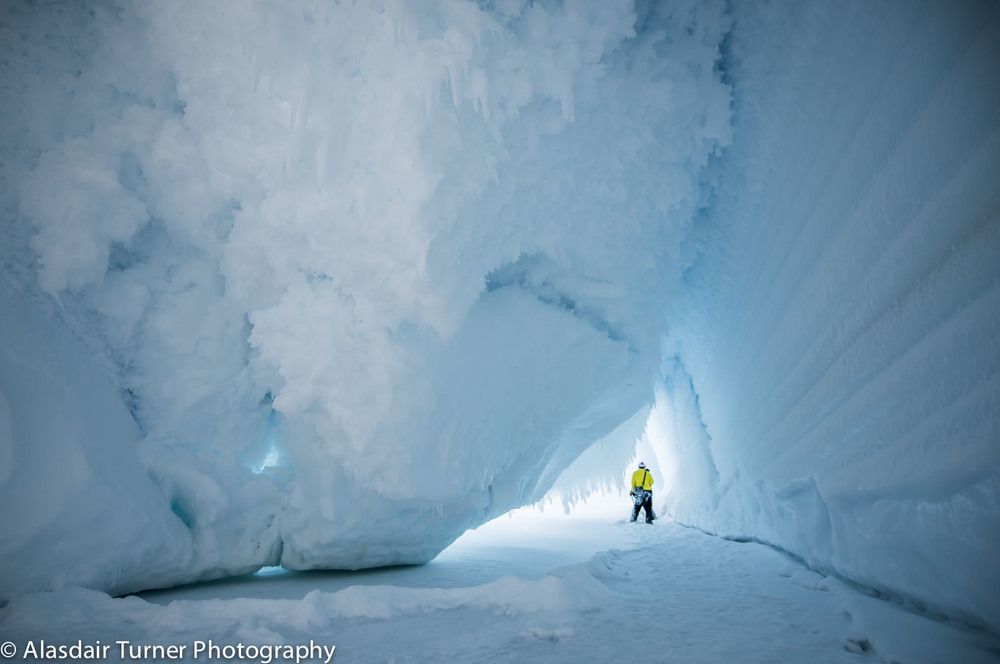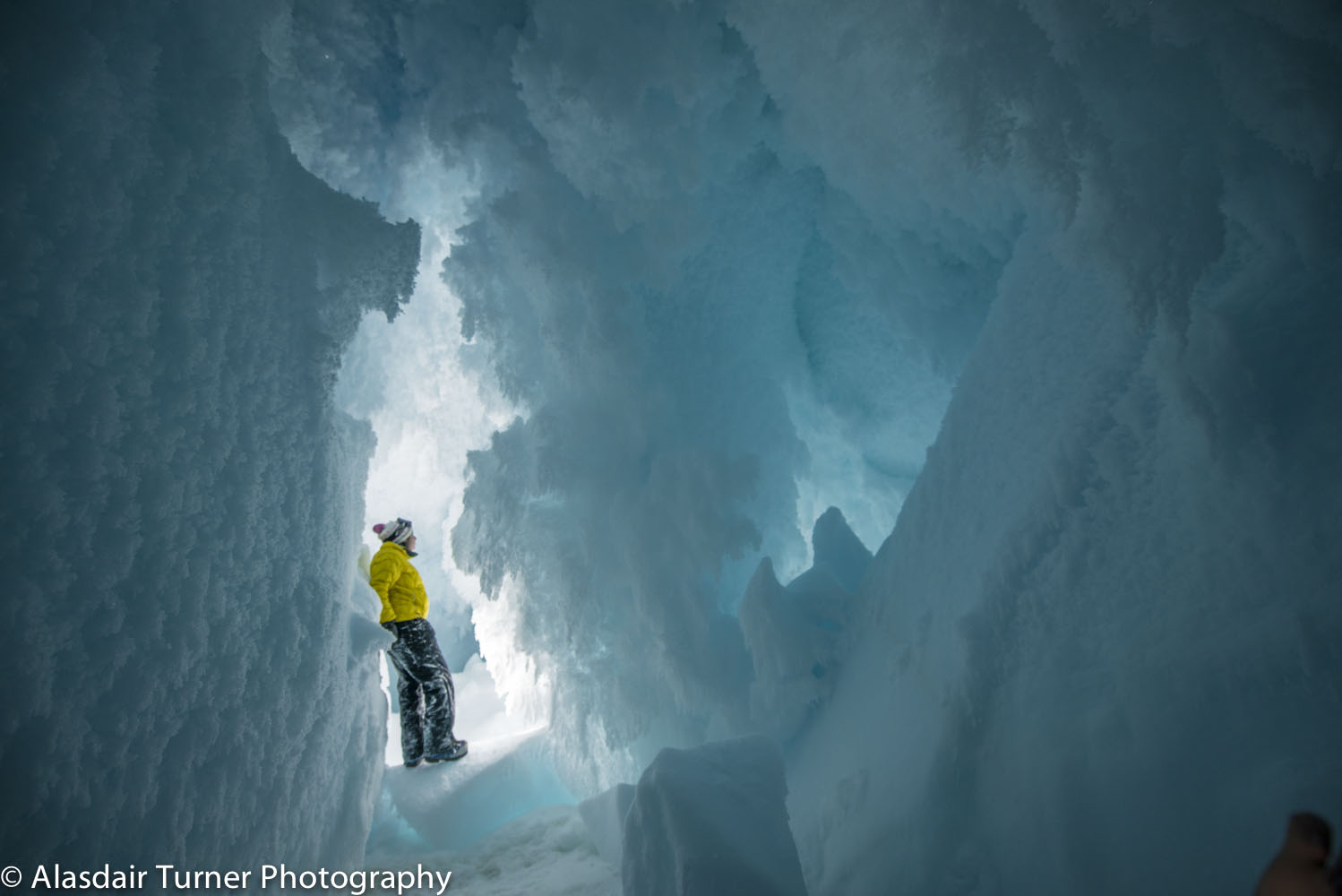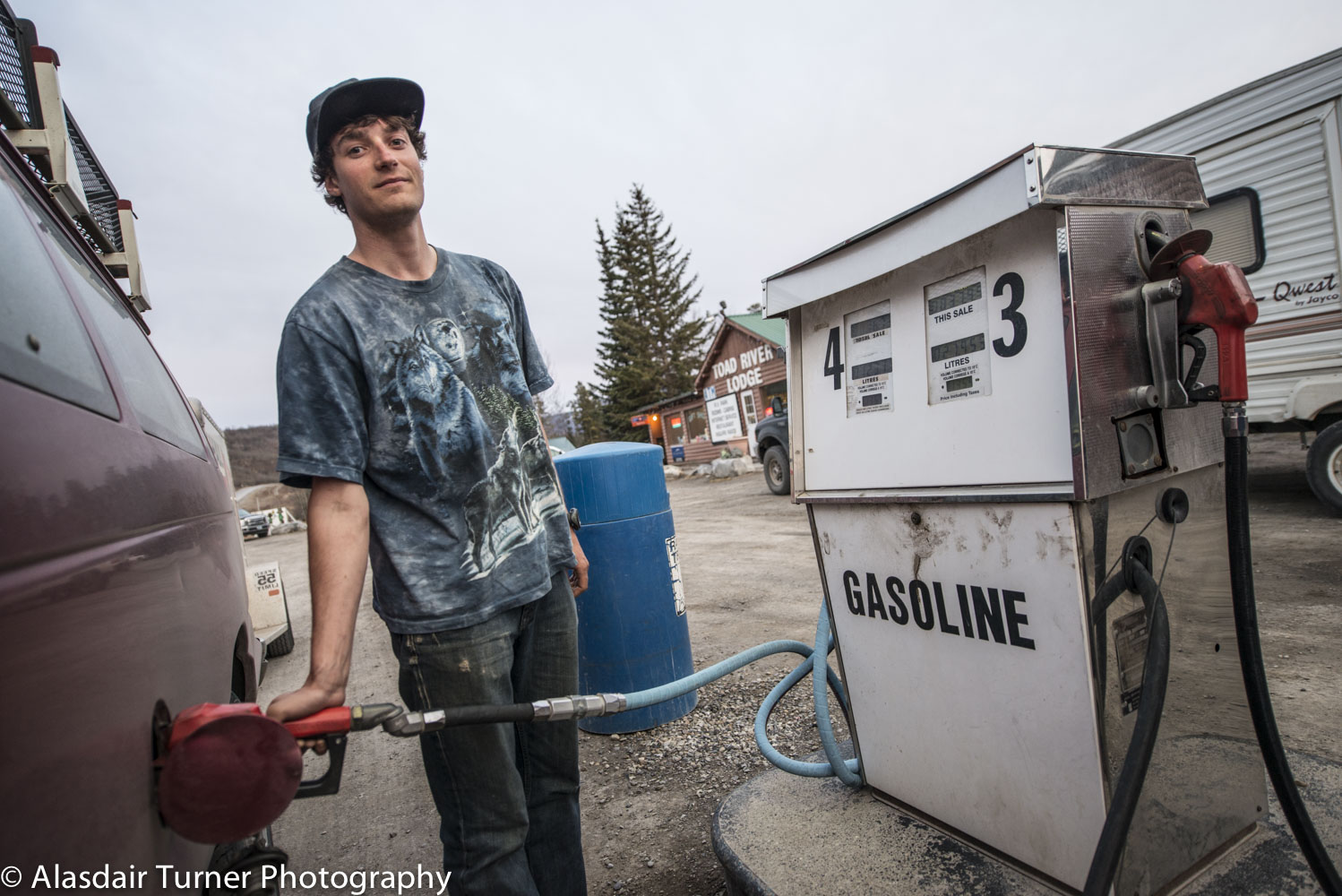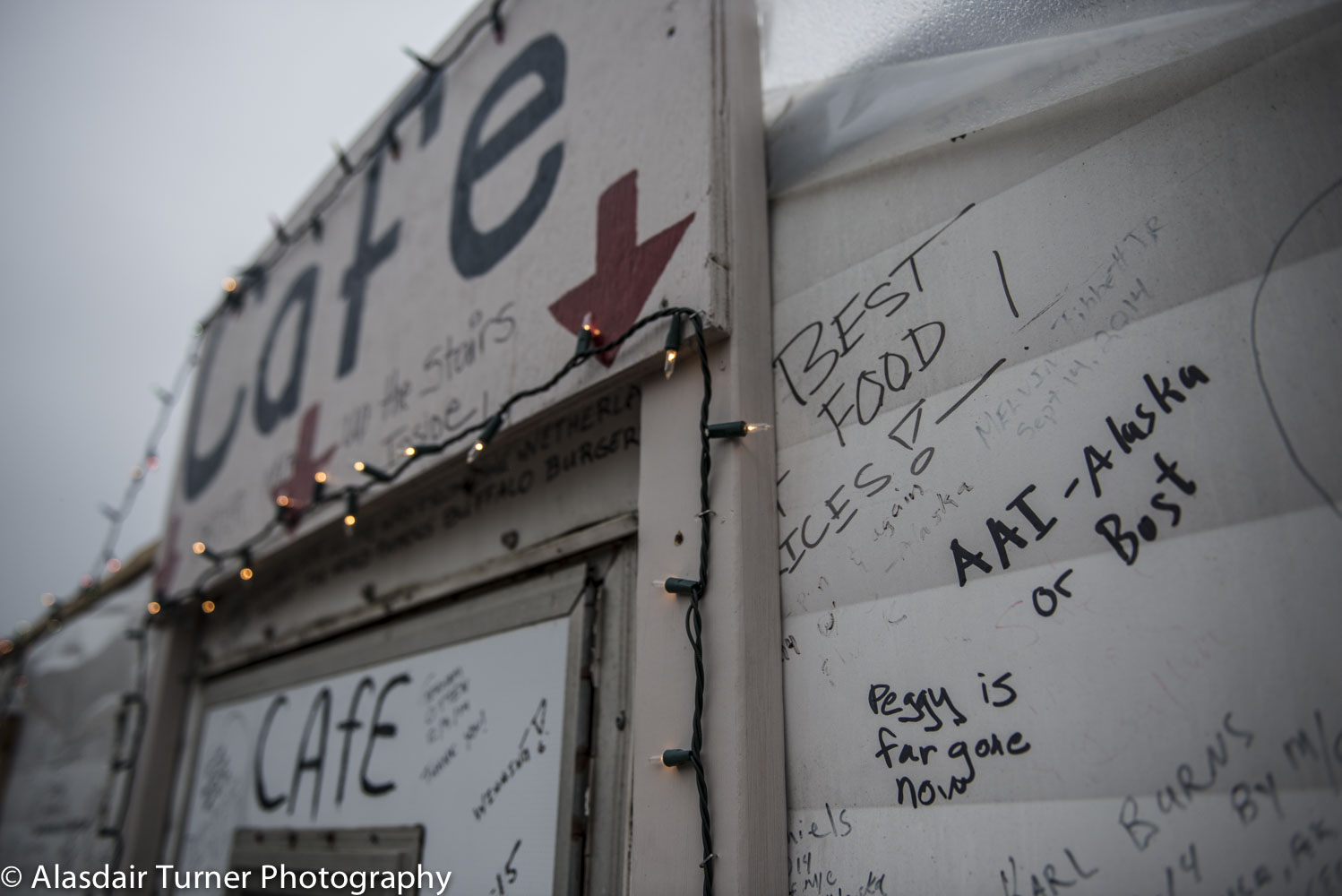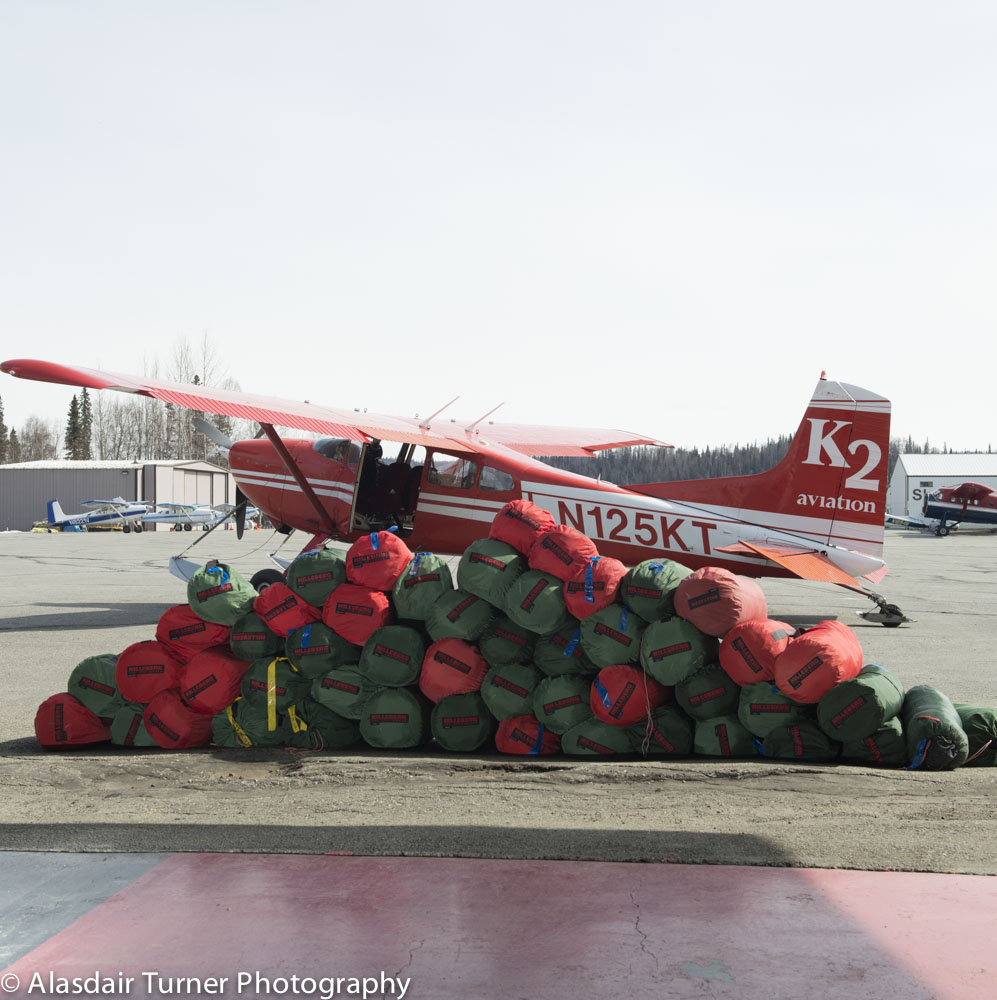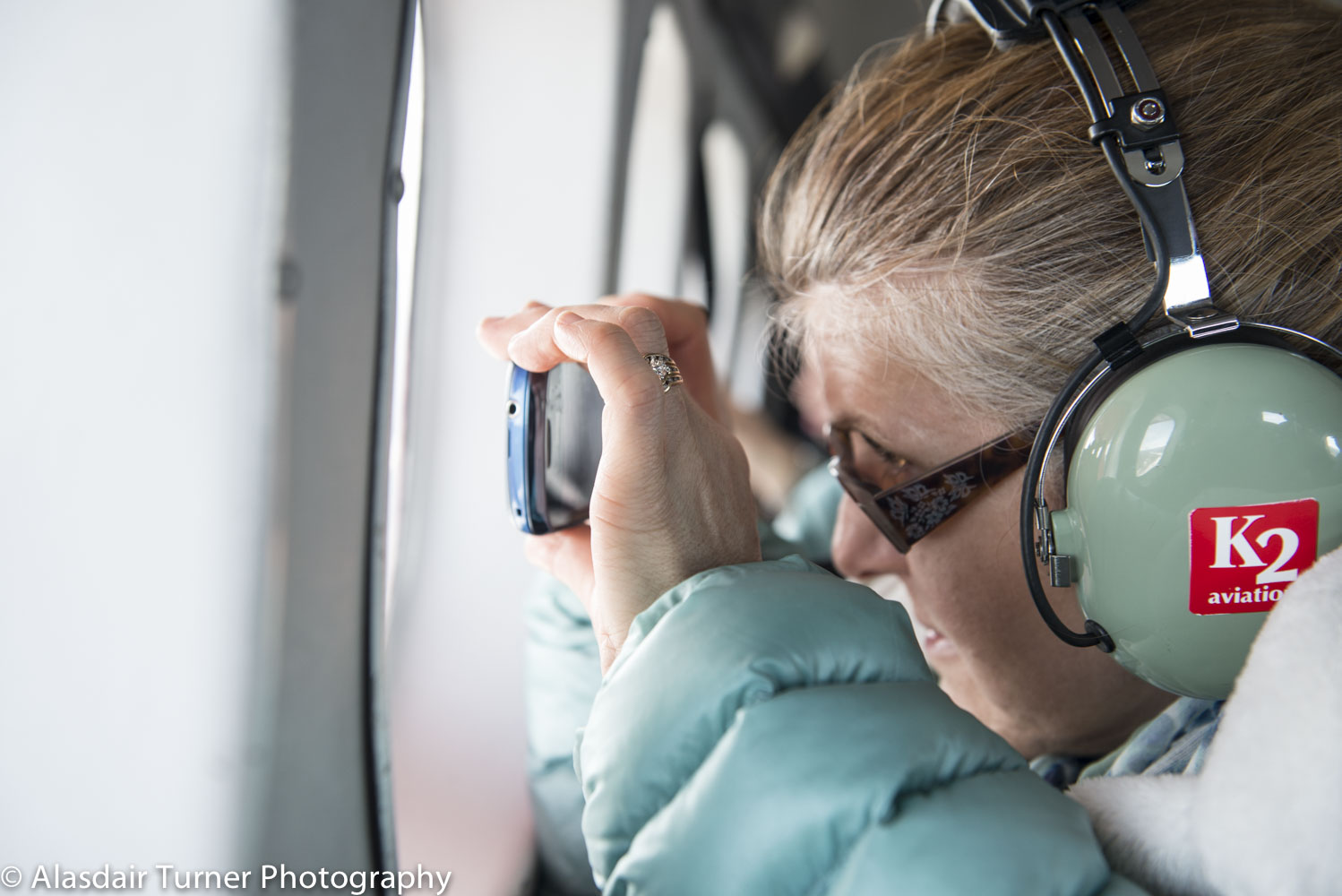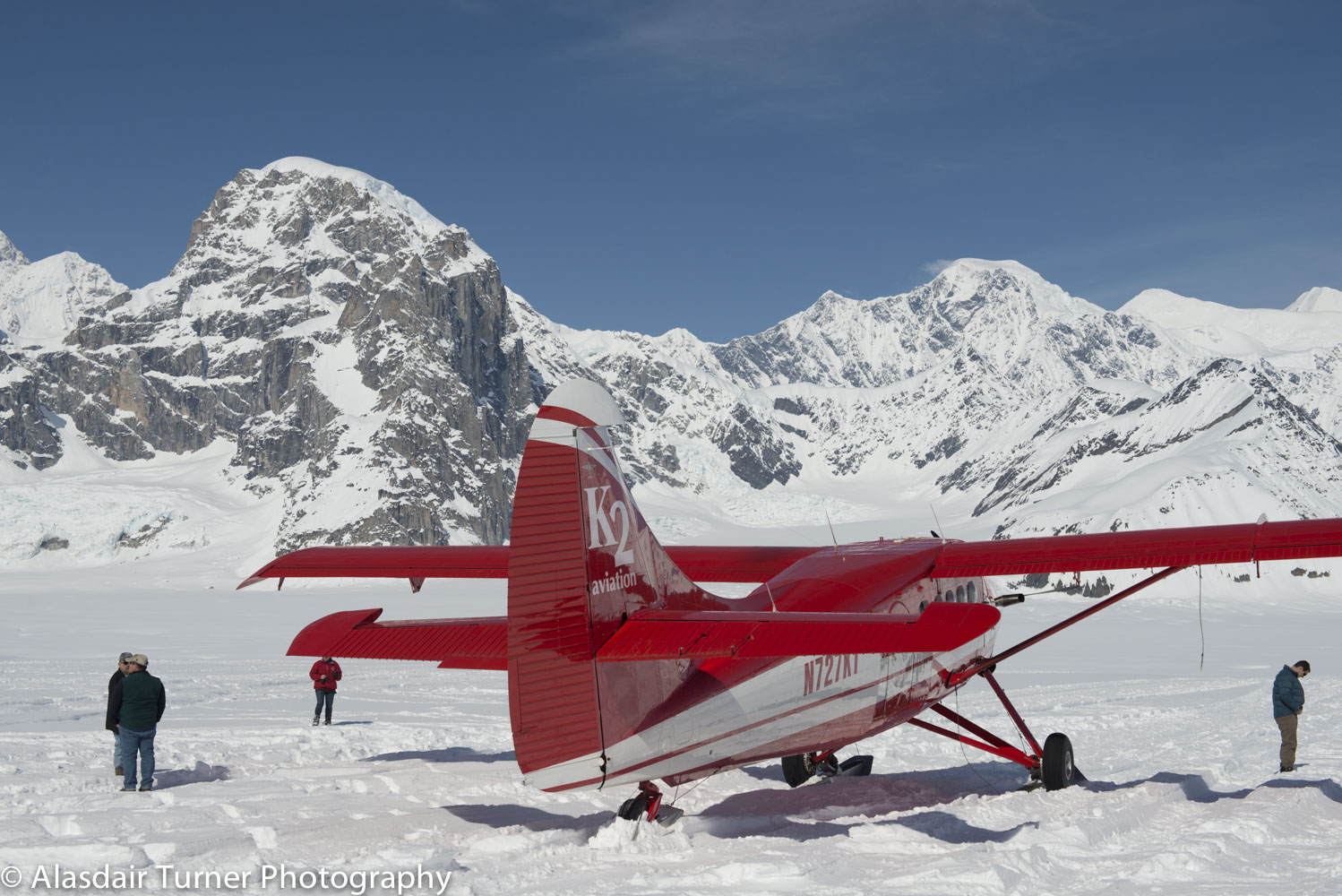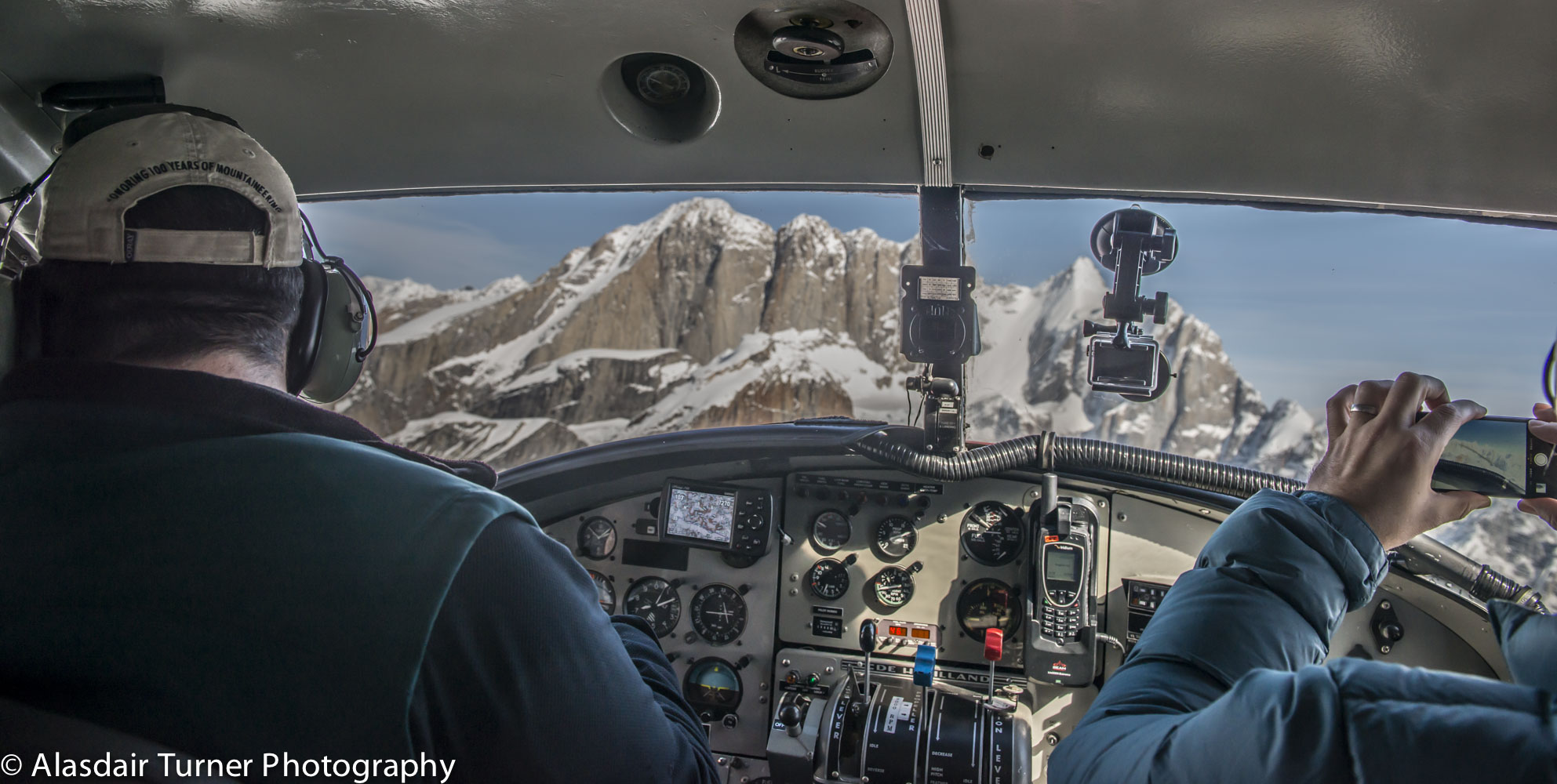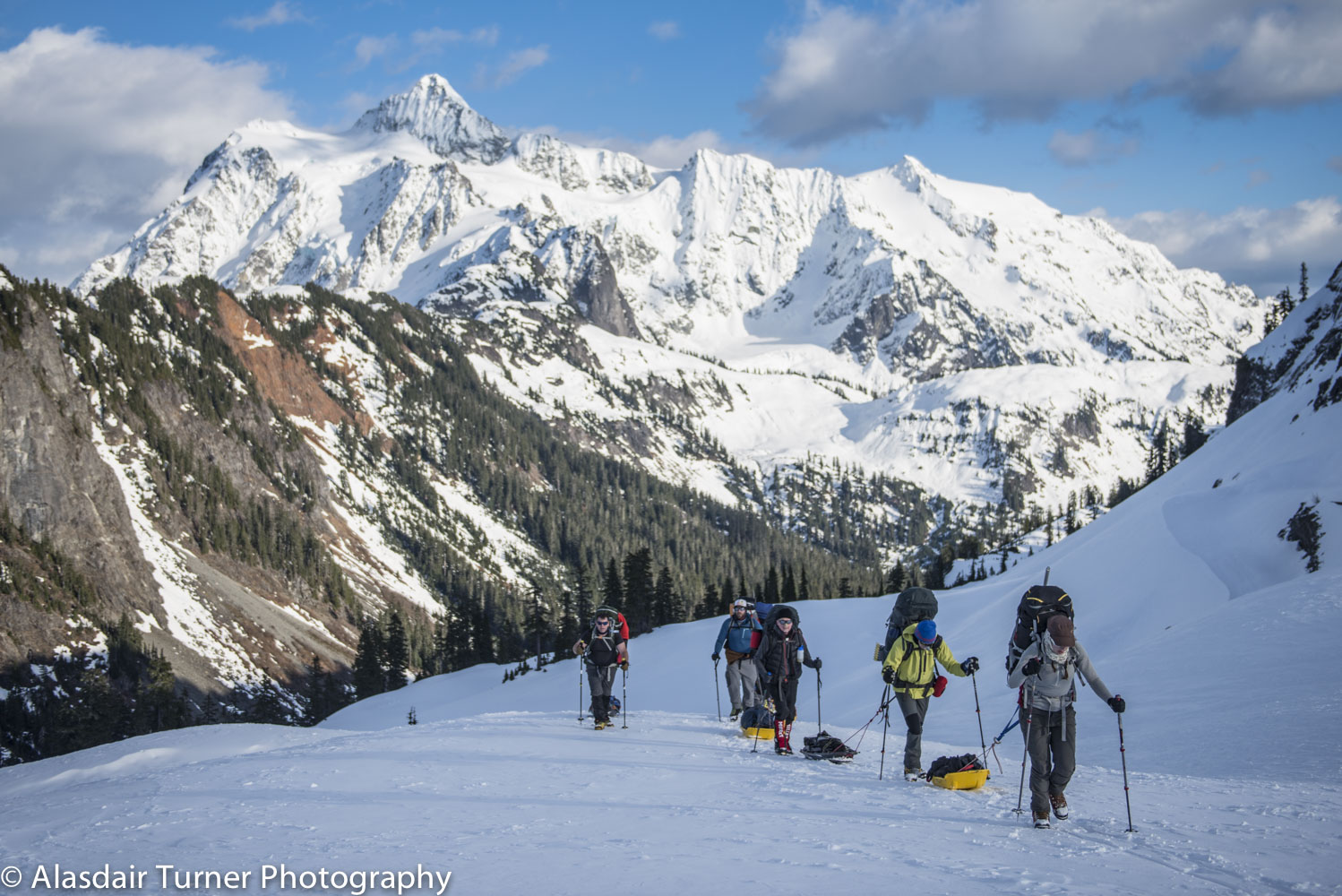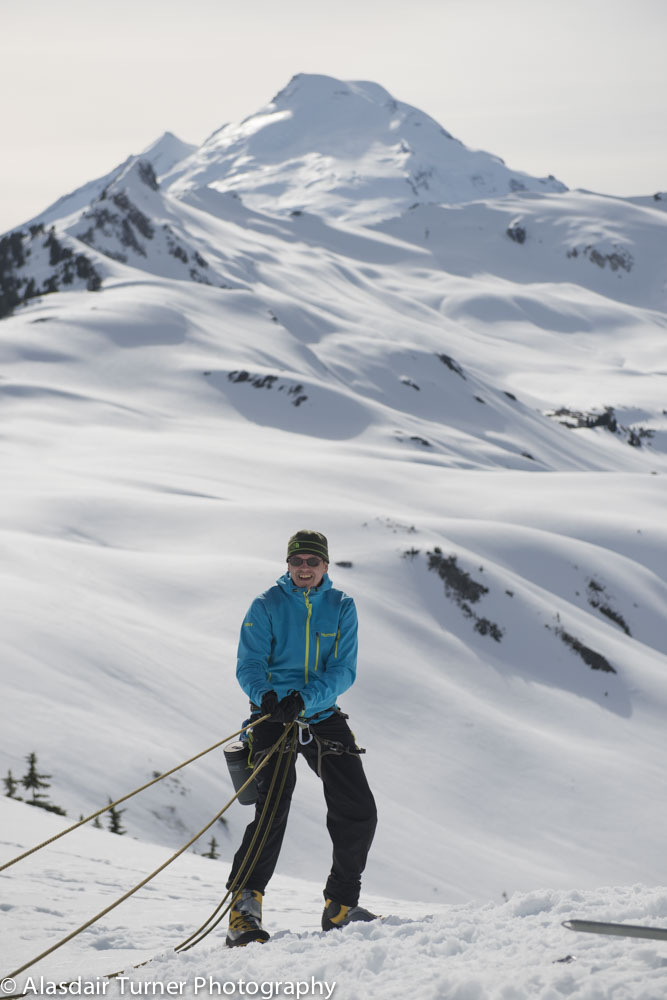This is the time of year that many people who are planning to climb Denali start to think about the equipment and gear that they will be bringing on the mountain with them. Most of the people who climb Denali make the decision to bring a camera along with them, and just like any other gear, the choice of a camera can be a difficult one. Between person and guiding trips, I have not been that he Alaska Range more than ten times and have never left my camera at home. I have seen many different types and brands of camera on the mountain and some are clearly better than others. Which camera is right for you, and how you plan to carry it depends on what your photographic goals are, but no matter what camera you bring along there are some things you will need to do both before and while on your trip to assure you come home with great photos to accompany your great adventure.
Like it or not some cameras just don't work in the extreme environments of a very cold mountain such as Denali. Many small cameras that use proprietary batteries just don't hold up to the cold temperatures. The camera works fine, but the batteries are just not designed for the extremely cold temperatures. Large SLR cameras work great but are very heavy which rules them out for all but the most serious photographer. Luckily there are many camera options that work on Denali and I hope to give you some ideas of which one will work best for you.
Point and Shoot vs SLR vs Mirrorless
A point and shoot camera is lightweight and easy to carry and cheaper; a single lense reflex (SLR) is bulky and heavy and expensive. Most people I know use point and shoot cameras, and for most people they are the best option. In the past few years mirrorless cameras have come onto the market and produce very high quality images in a small package. I usually carry a Nikon SLR with a multi purpose zoom lens (and sometimes a tripod), because it allows me more freedom to shoot the exact photo I want. When weight is the most important factor I carry a Panasonic GH4 mirrorless camera. Which is best for you? The debate here goes on forever all across cyberspace. Everyone seems to have an opinion, but almost no one has had the experience of dragging multiple different cameras up Denali. The answer lies in how serious you are about your photography and how much weight you are willing to carry.
SLRs
If you are a very serious photographer then by all means bring along an SLR, but remember, when you get to 11,000ft on the mountain you will begin to worry about how much weight you have. It is amazing the amount of items that get left at caches because they were just too heavy to carry.
Any Nikon or Cannon SLR should work fine. I have not used Sony cameras so I can't speak to them.
Lenses
If you do bring an SLR bring just one lens. Find a multi purpose zoom lens that will give you many framing options. You will not be able to wander away from camps or off the regular route to shoot the exact photo you want, so having some sort of a zoom lens will be a necessity. There is lots of light on Denali. Even during bad weather there is more light that you need for photography so you do not need a fast lens. This is good news, because fast lenses are expensive and heavy. Many of the standard kit lenses are a great choice. If you use a nikon the Nikon 18-200 is a great option that I have used on the mountain several times.
Mirroless
If you really want great pictures but are worried about the weight then one of the mirrorless options is probably right for you. The two recommended below shoot top quality photos and work great in cold temps.
Panasonic GH4 - This is the new standard for high quality photos and video in cold environments. This camera also shoots 4K video, however video will burn through batteries on any camera including this one. The battery life is better than any other camera out there and this is currently the best choice for high quality cold weather photography. You will want an extra battery for this.
Point and Shoot
Specially designed "rugged" cameras that are supposed to be extra tough are terrible. I have never seen one of these work effectively on the mountain. You do not need a waterproof camera on Denali. The water is frozen, and the air is very dry. Even if your camera does get a little wet it will dry out quickly in the sun.
I have attempted to use GoPro cameras on the mountain several times, and while they work fairly well initially, the battery life is a deal breaker. GoPro has still not figured out their cold weather battery issues and until they do you should leave your GoPro at home. It will only last a few mins in cold temps.
So what works, and what does not? In my experience any camera that uses AAA or AA batteries is a great choice. There are several cameras that do work well on the mountain not all of them use AA or AAA batteries but all have good battery life. Another feature that is nice to have is a eye peice viewfinder vs. an LCD screen. Some screens do not work in cold temps, and it is often too bright to see the screen even on cloudy days. The screen also uses a lot more battery power. Below are a few compact cameras I recommend:
Subcompact:
Nikon Coolpix L840 A nice camera that shoots high quality photos
Cannon G16 The best of the best for small cameras. Buy extra batteries as it does not use AAs.
Pocket:
Panasonic Lumix None of the Lumix line use AA batteries, but they do have very good battery life and great lenses.
Sony WX350 Another good pocket sized camera with good battery life, but bring extras.




